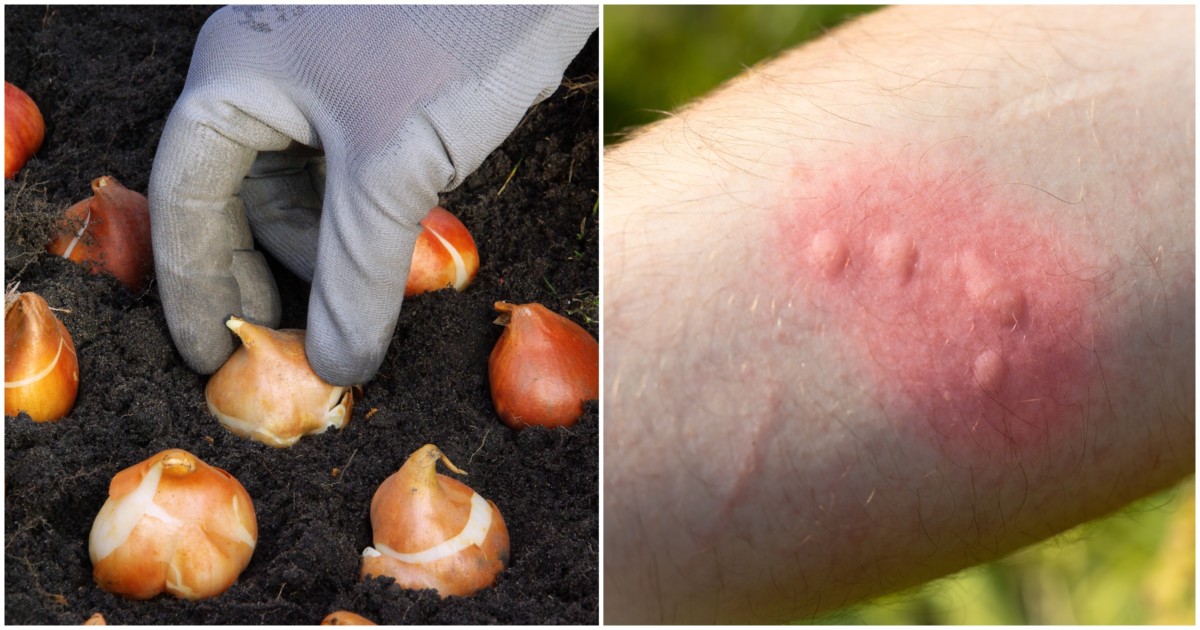

At first look, crops may appear completely helpless in opposition to bugs, herbivores, and utterly completely totally different leaf-gobbling predators.
Like sitting geese, crops are rooted in a single spot to permit them to’t do your complete fight-or-flight concern utterly completely totally different creatures rely on to survive.
Although they’re going to’t uproot themselves and scurry to safety on the primary sign of hassle, many crops do have a litany of deterrents at their disposal.
Plant Defenses are Pretty only a few
Almost definitely almost definitely primarily essentially the most seen ones are the thorny, spiny, prickly crops with razor-sharp stabby bits – like roses, raspberries, cacti, and thistles – that may ship painful pokes and scratches to any animal that comes too shut.
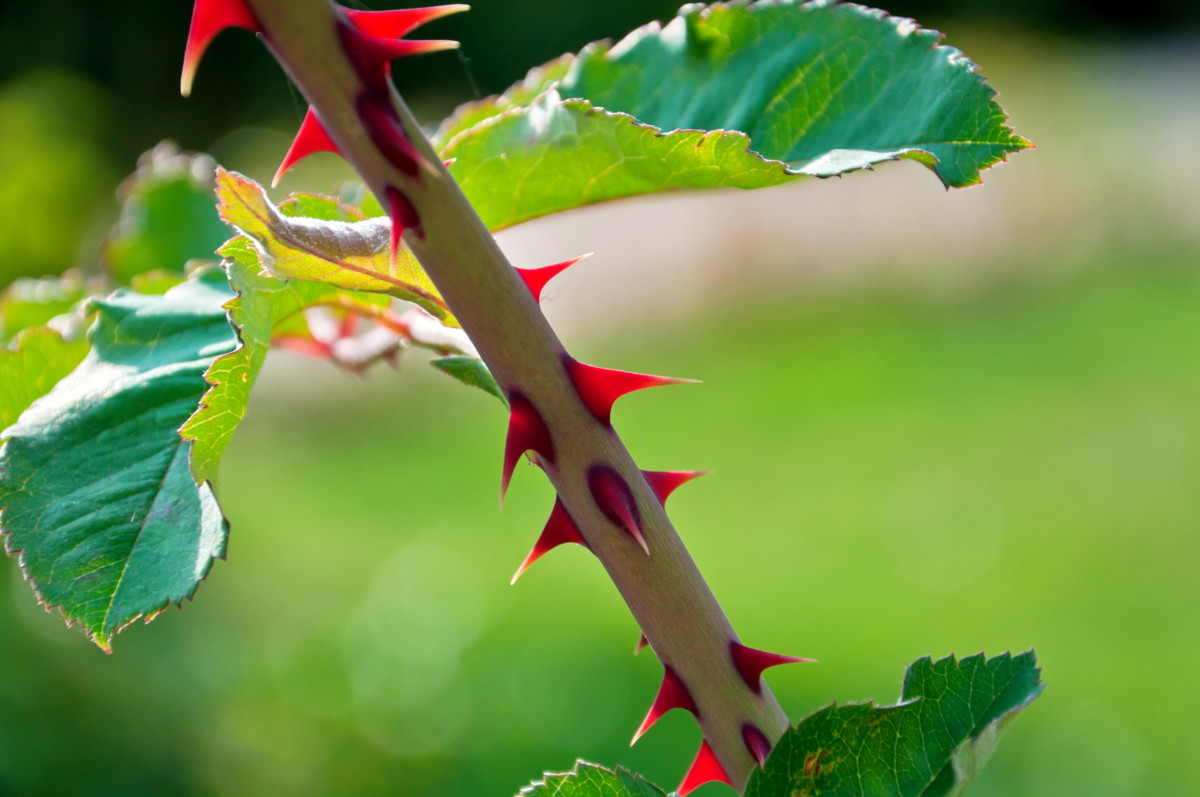
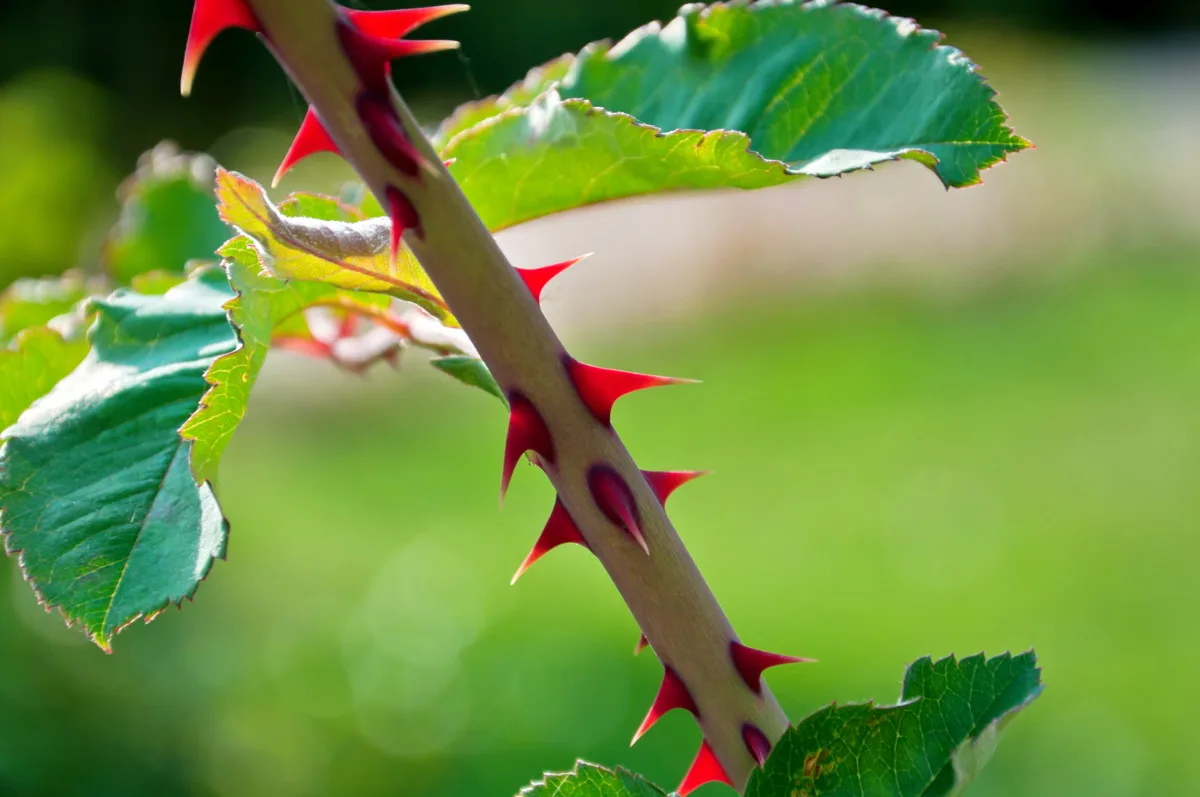
Totally completely totally different defensive maneuvers are extra refined. As an example, corn and wheat will take up silica from the soil to harden the leaves, making the foliage additional sturdy for grazers and bugs to chew.
Or, cleverer nonetheless, are the flowers that ramp up their nectar manufacturing to call in reinforcements. Ants and wasps will most likely be drawn to the sweet scent of nectar, and these will perform the plant’s protectors by preying on shut by bugs.
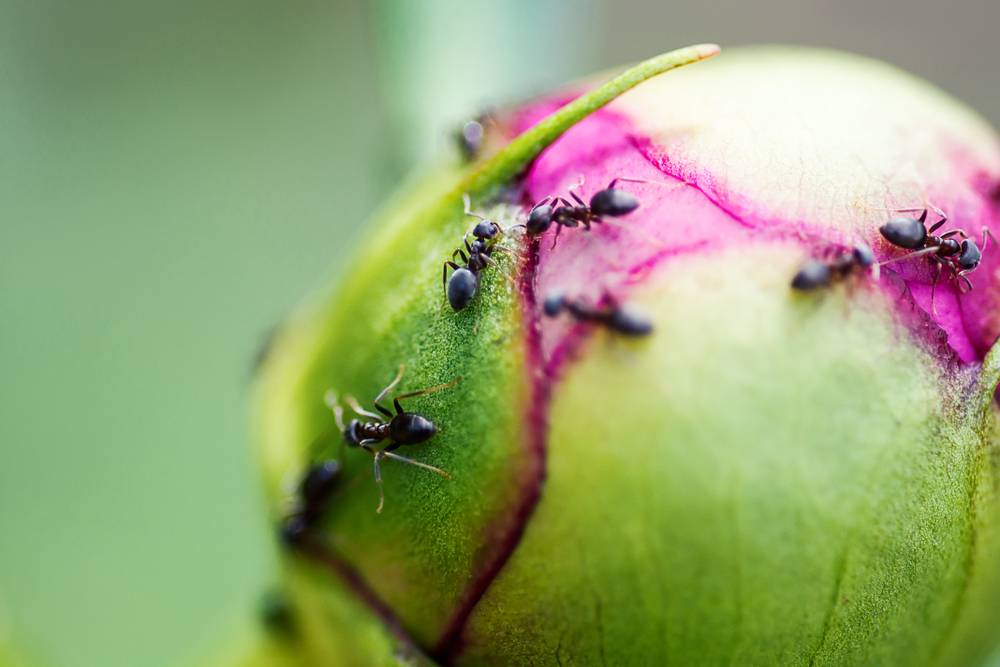
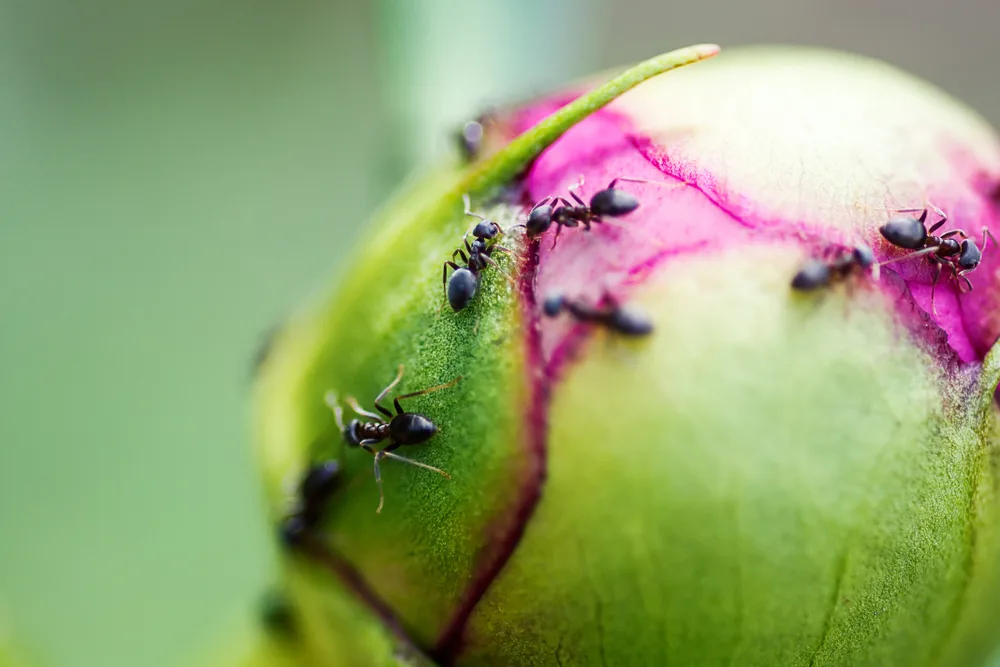
For greater predators like us, mishandling the fallacious plant can unleash the plant’s chemical defenses, inflicting the pores and pores and pores and pores and skin to interrupt out in rashes, hives, blisters, burns, and utterly completely totally different uncomfortable pores and pores and pores and pores and skin circumstances.
You’re almost definitely already acquainted with poison ivy, poison oak, and poison sumac – and the outdated adage “leaves of three, let it is” – nonetheless there are a variety of others you need to be cautious of in your travels.
Chemical Warfare all by the Plant Kingdom
Pretty fairly a number of crops use chemical defenses to protect themselves. The principles is prolonged, nonetheless the good news is, in quite a few circumstances, you’d need to actually ingest the leaves to have a response.
There are a myriad of plant species, nonetheless, that activate their chemical safety mechanisms as shortly as they’re disturbed. They will not have any brains, nonetheless crops can sense being touched and will discuss hazard to utterly completely totally different crops by releasing pheromones into the air. Shut by crops, in response, will swap on their very personal inside defenses.
Merely brushing in opposition to the foliage of some crops causes the discharge of poisons that may enter the dermis with out requiring a break all by the pores and pores and pores and pores and skin. As shortly as absorbed, the plant sap or oils set off itchy, blistering rashes wherever from 2 to 10 days after contact.
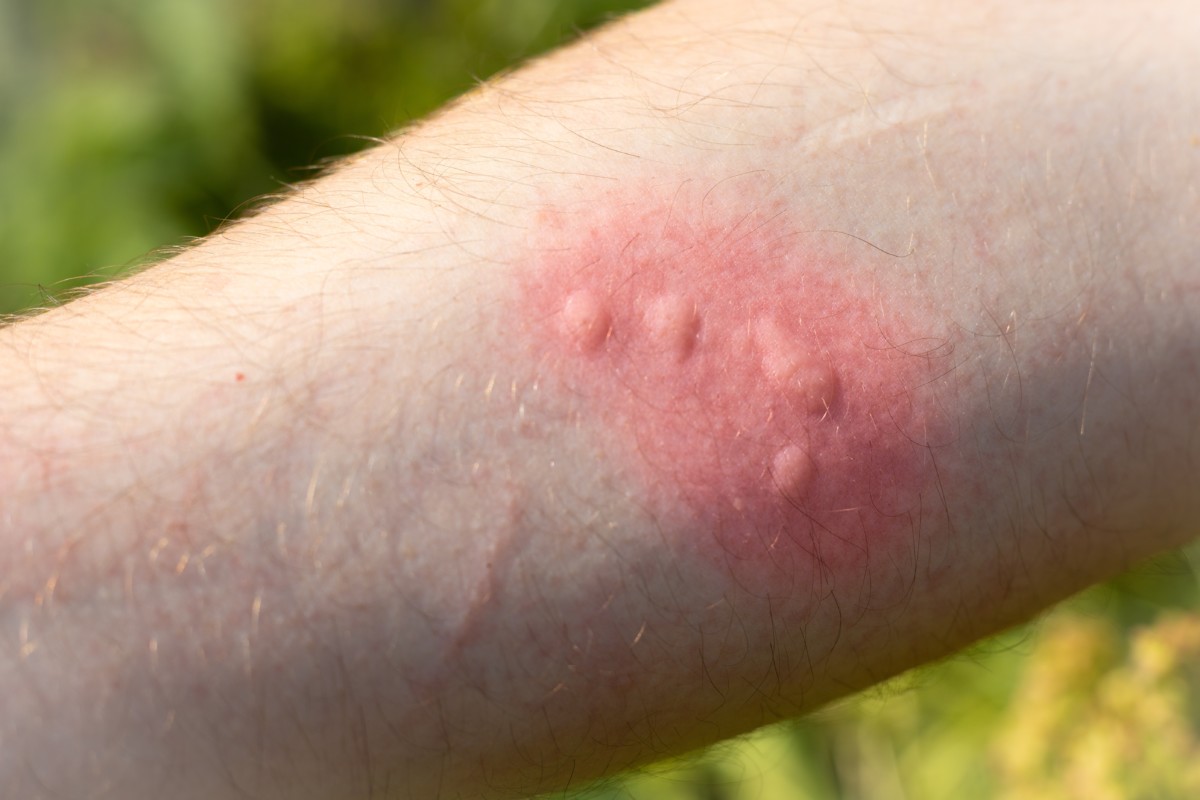
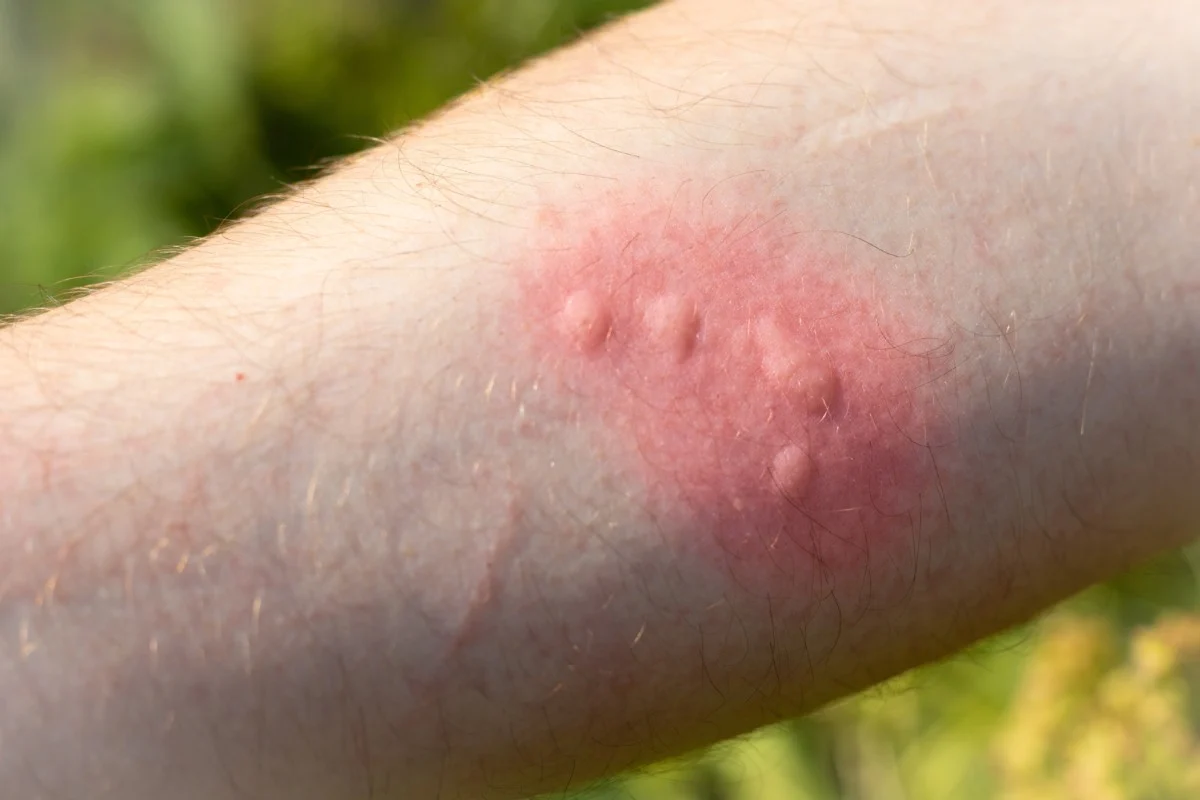
Others exude phototoxic sap that doesn’t do any hurt by itself. Nonetheless when the plant chemical substances are uncovered to sunlight, the pores and pores and pores and pores and skin erupts with burning, swelling, blistering, and itchy crimson spots.
Typically, the noxious chemical substances are emitted into the air and enter the physique by the use of the eyes and nostril.
After which there are crops that double up on defenses. These varieties have what appear to be tiny hairs in all places all through the leaves and stems, nonetheless these are actually sharp gap needles full of chemical substances.
8 Vegetation that Can Irritate the Pores and pores and pores and pores and skin
It’s commonly an outstanding suggestion to know which crops to keep away from earlier than heading out into the wilderness to forage, hike, or camp.
Nonetheless weeding an overgrown patch in your yard can have you ever ever ever ever creating in opposition to crops that must be dealt with with warning as effectively. In any case, every spring will convey with it a deluge of up to date weeds to tug, sprouted from seeds dropped by birds or carried in with the wind.
For these with delicate pores and pores and pores and pores and skin, even working all by the flower or vegetable yard can protect hidden dangers.
1. Poison Hemlock
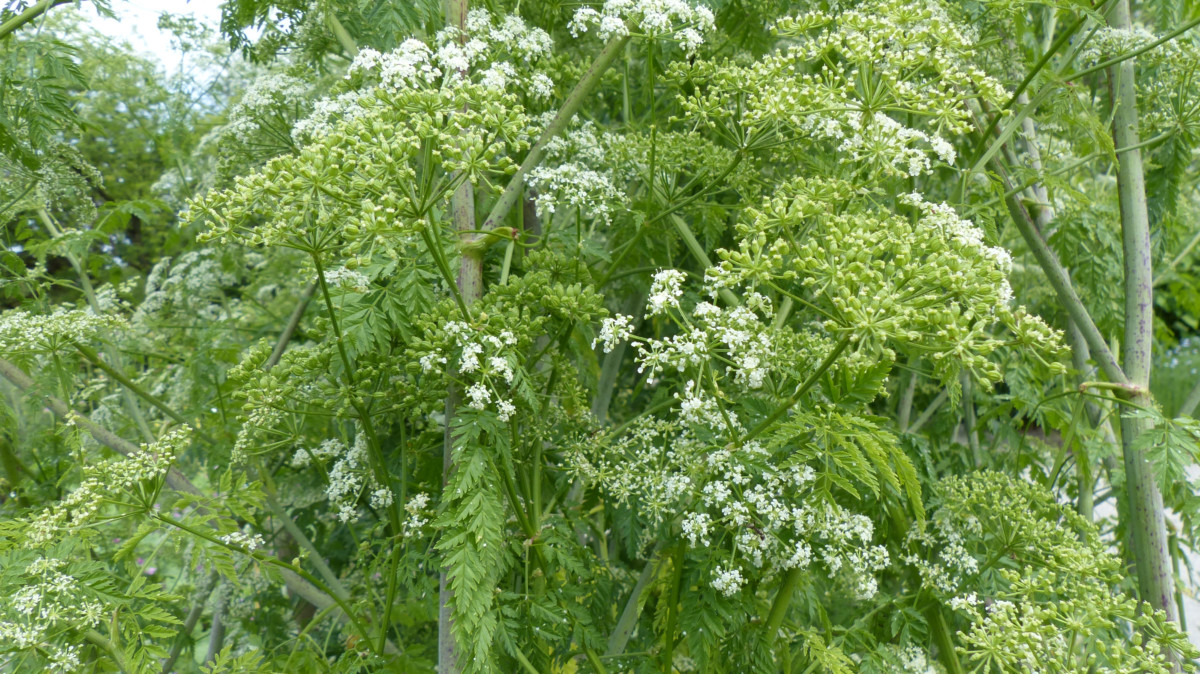
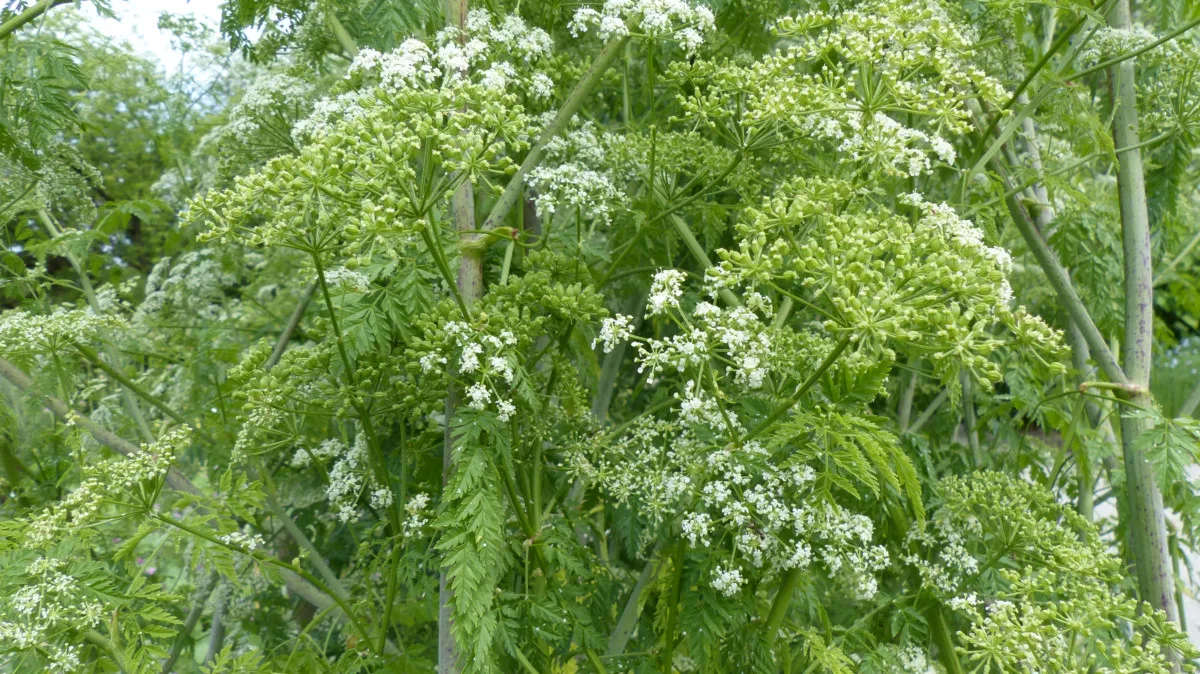
Poison hemlock (Conium maculatum) comes from the carrot family and seems virtually similar to wild carrot or Queen Anne’s lace.
Like its doppelgänger, poison hemlock blooms with massive, flat-topped umbels (umbrella-shaped flowers) composed of tiny white flowers in late spring. It has shiny inexperienced fern-like foliage and may develop to be 2 to eight ft tall. When the leaves of poison hemlock are crushed, they emit a terribly sturdy musty odor.
The one methodology to tell wild carrot and poison hemlock apart is to check out the stem. The place wild carrot can have stiff stems coated in coarse hairs, poison hemlock stems are gap and hairless, with distinctive purple or reddish splotches and streaks.
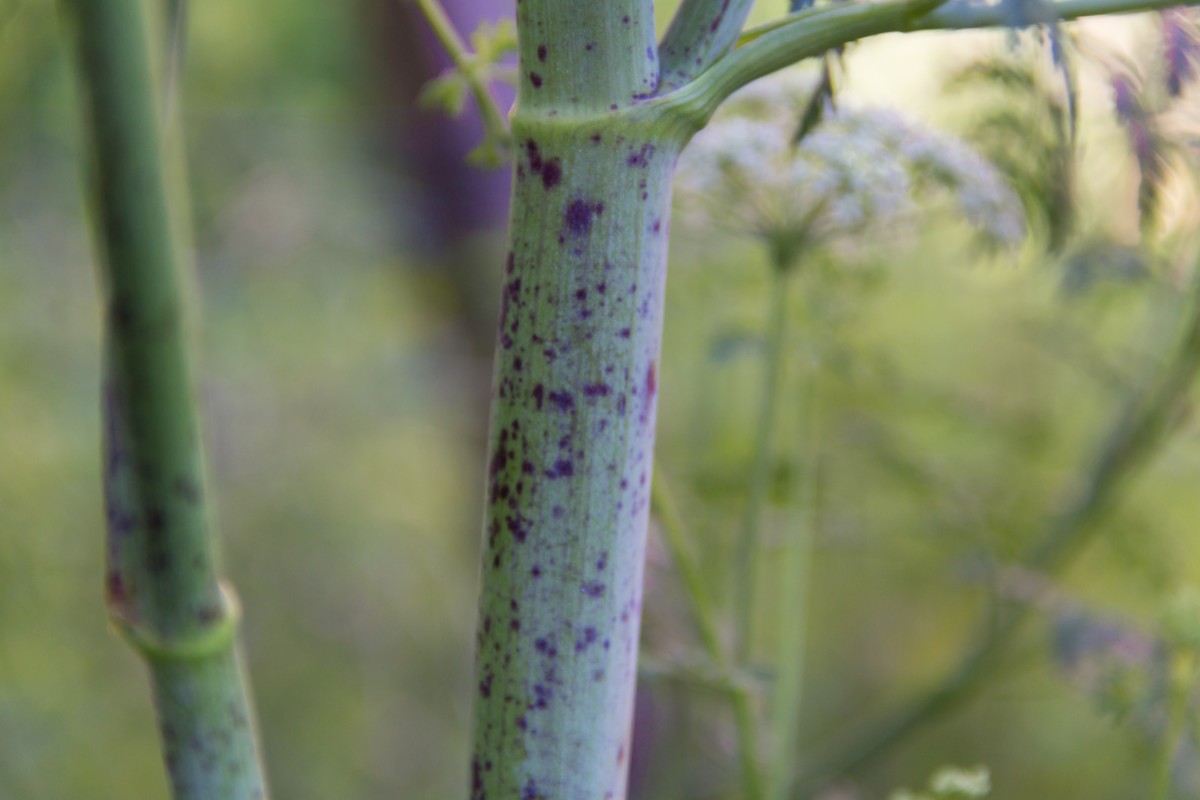
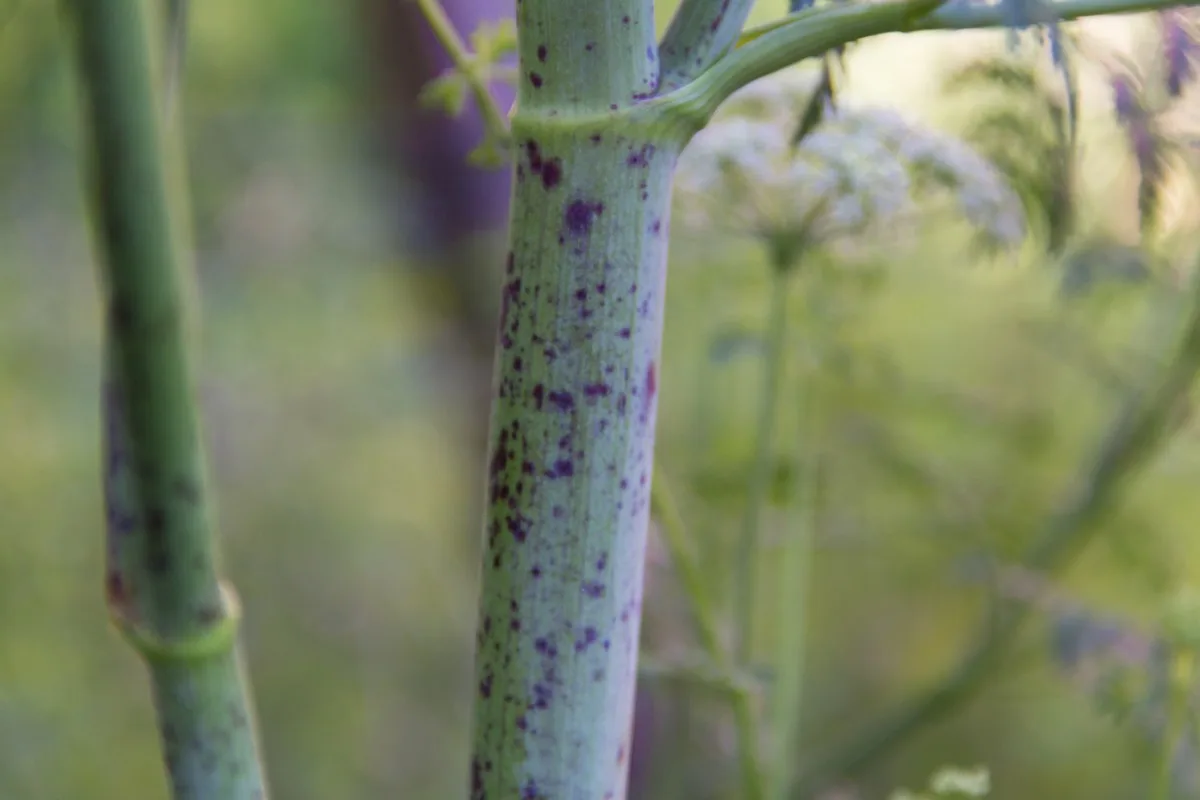
The best concern with poison hemlock is misidentifying it as wild carrot or parsley and consuming it by mistake. This may very well be a lethal error resulting from all elements of the plant – leaves, stems, roots, and seeds – are terribly poisonous to people and animals, even in small elements.
Although touching the foliage of poison hemlock acquired’t set off pores and pores and pores and pores and skin rashes and blisters for most people, the toxic alkaloids can enter the bloodstream by the use of the eyes and nostril, along with in any cuts or openings all by the pores and pores and pores and pores and skin. The hazard of poison hemlock is long-lived since ineffective canes can hold toxic for as fairly a bit as 3 years.
The extent of poisons in poison hemlock sap varies nonetheless is often highest when crops are rising in a sunny location. There have been evaluation of gardeners who had a excessive response after pulling crops on scorching days as a result of toxins acquired into the air and have been absorbed into the pores and pores and pores and pores and skin.
2. Massive Hogweed
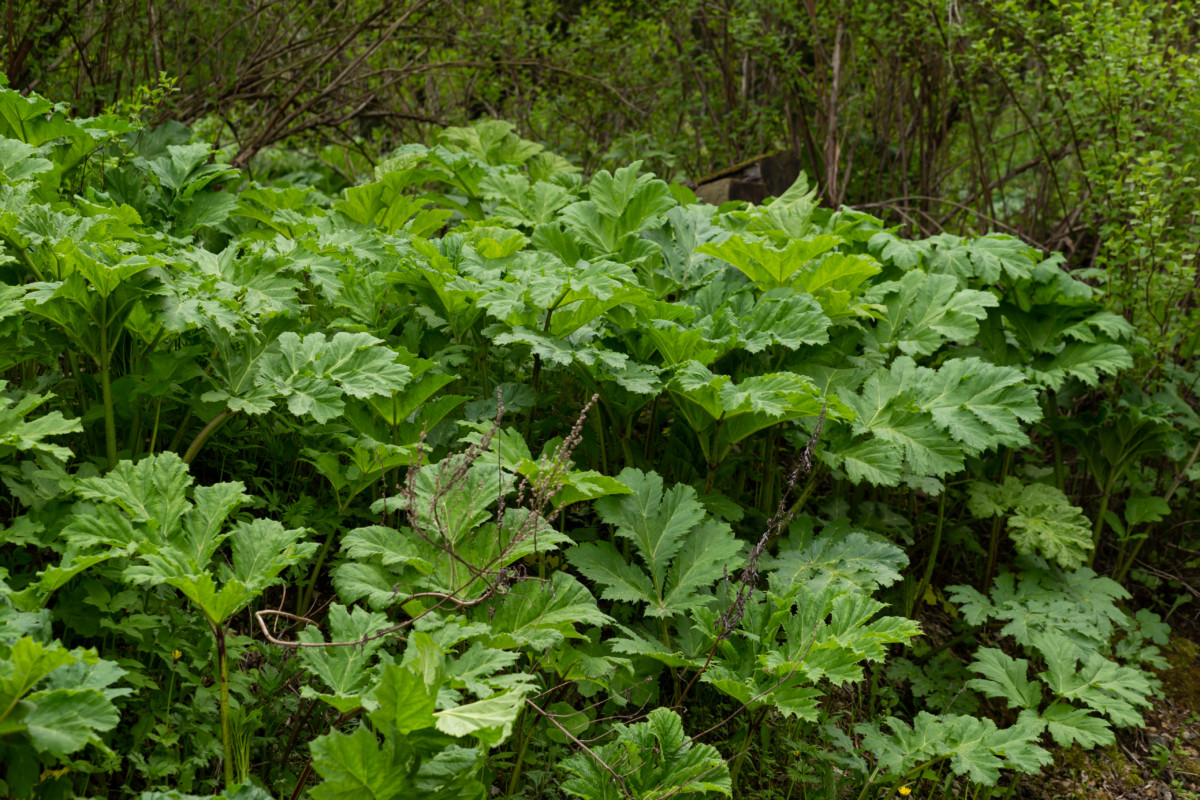
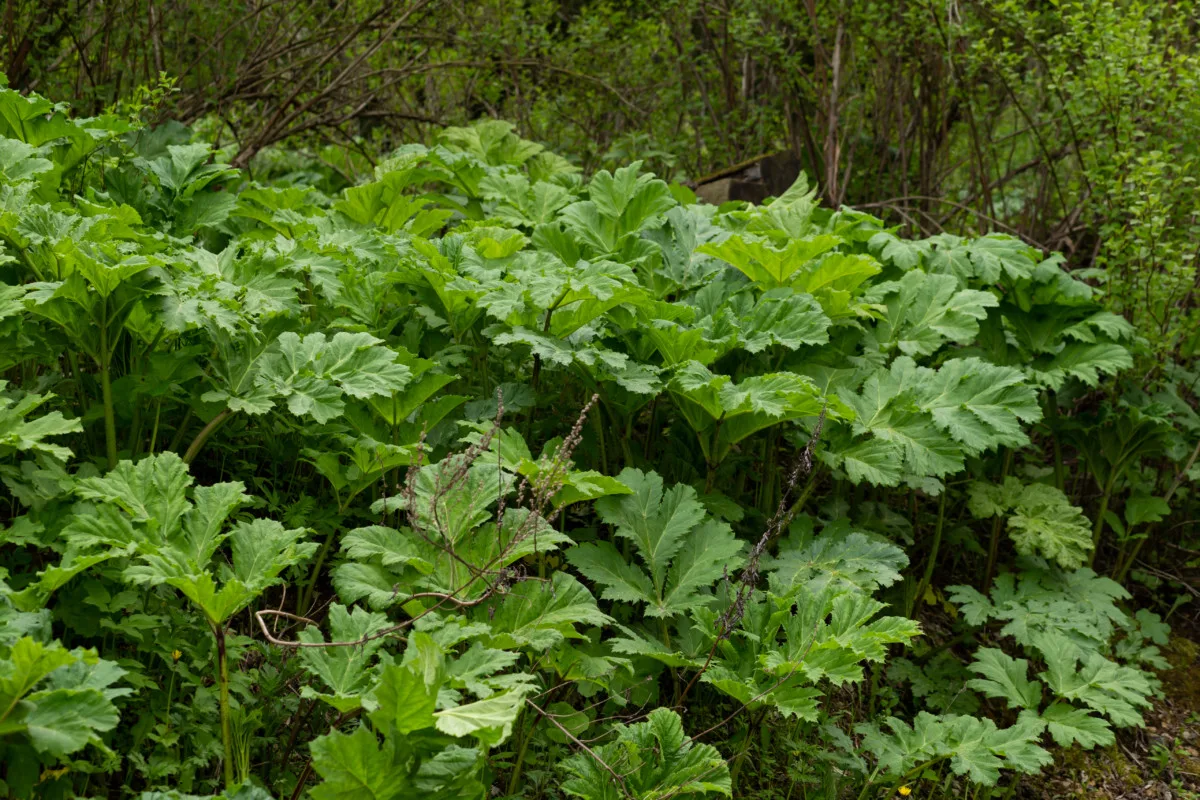
Massive hogweed (Heracleum mantegazzianum)is one completely totally different member of the carrot family and possesses the an equal attribute traits as its cousins all by the Apiaceae genus – deeply lobed feathery foliage and white umbel flowers that appear from June to July.
Nonetheless massive hogweed does undoubtedly develop to be humongous, and mature crops are simpler to hunt out out. Vegetation can attain 20 ft in prime, with a leaf span of 5 ft all by, and flower heads that measure 4 ft in diameter.
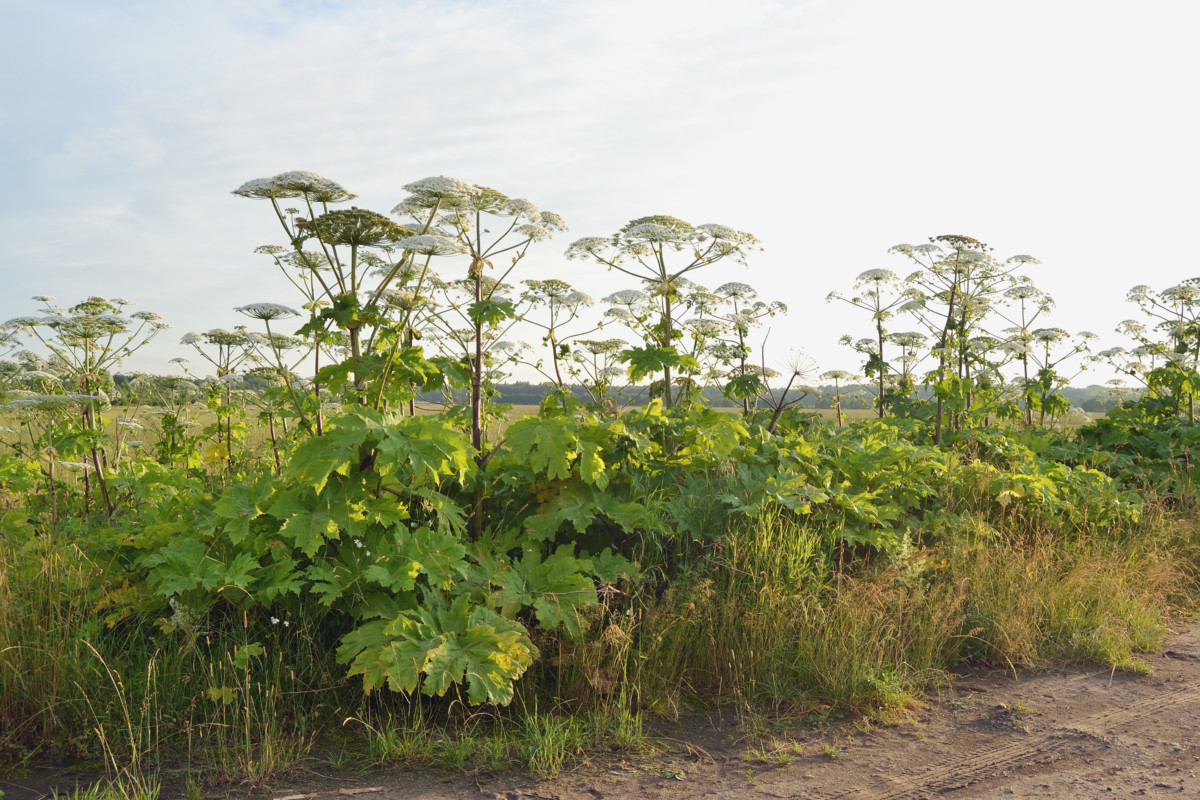
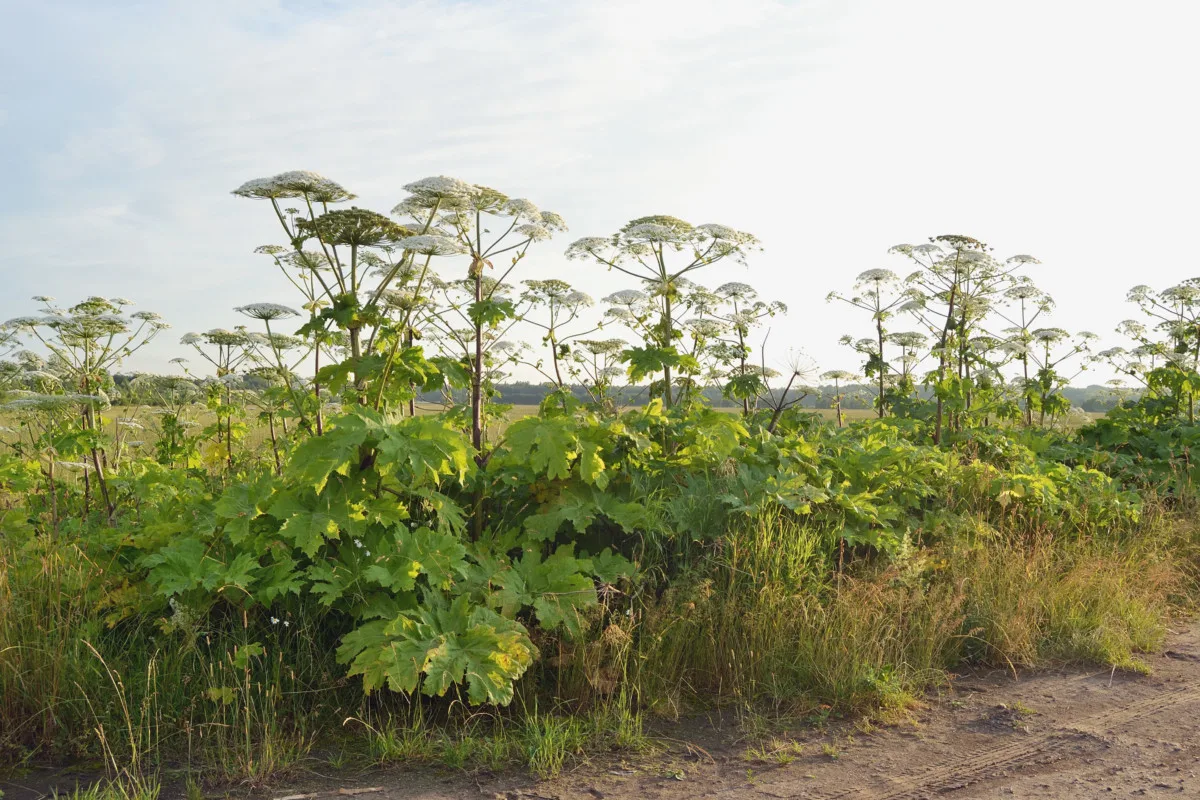
Youthful specimens is likely to be acknowledged by their purplish splotches – very like poison hemlock – nonetheless with the addition of white hairs alongside the stems.
Massive hogweed is a formidable plant with sturdy phototoxic defenses. The sap causes painful burning blisters and scarring the place it may get on the pores and pores and pores and pores and skin after which is uncovered to sunlight.
If the toxic ooze will get all by the eyes, it is likely to be shortly or completely blinding.
3. Parsnip
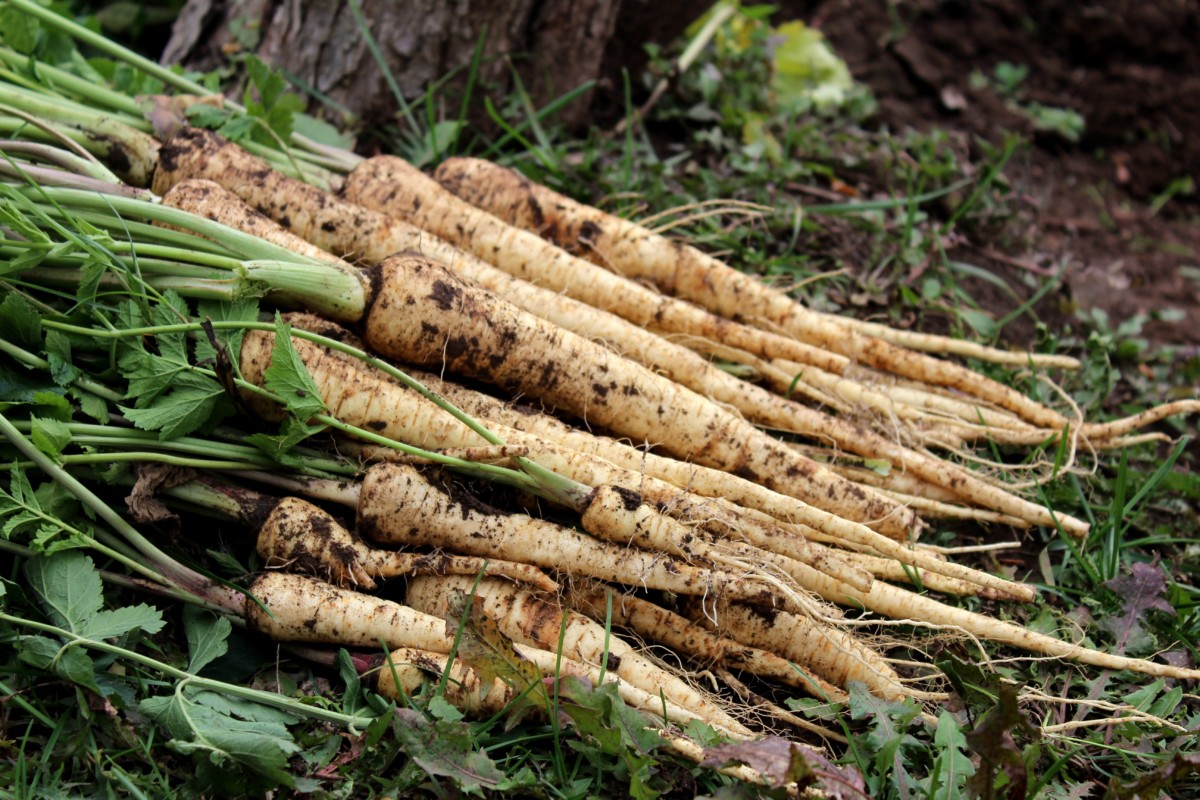
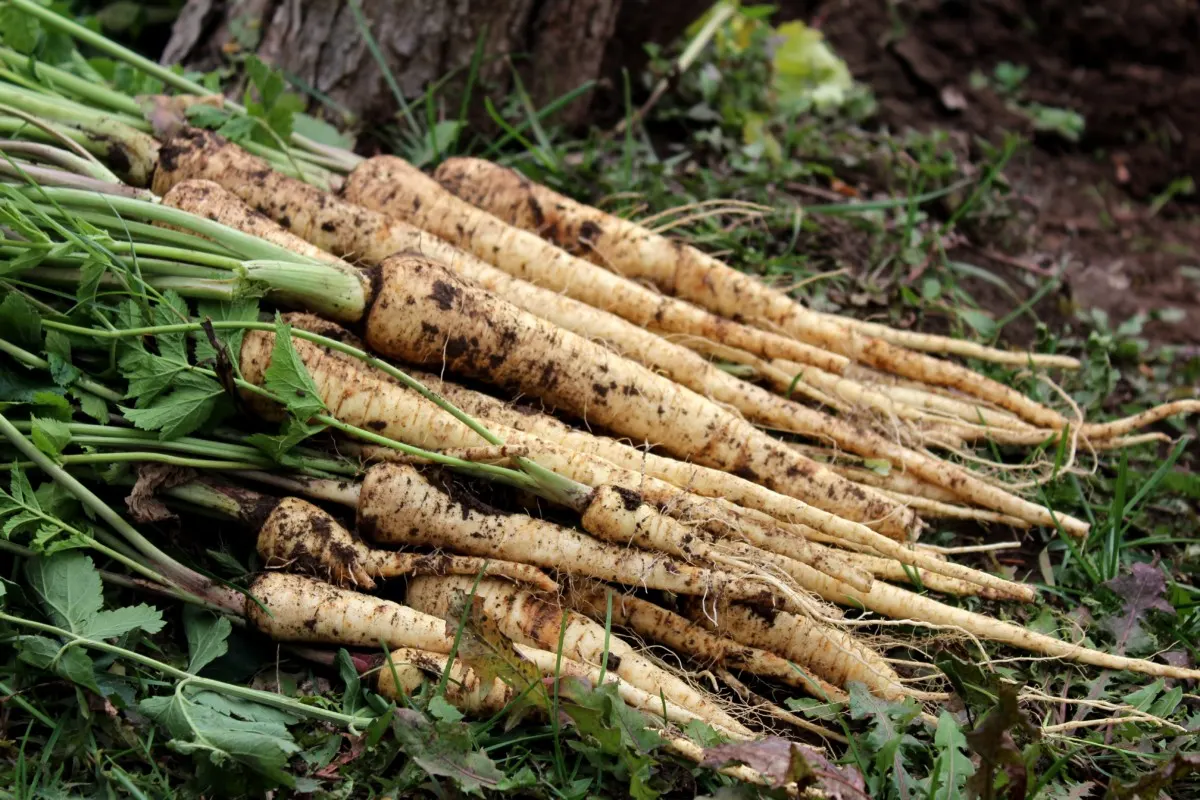
Whether or not or not or not or not it’s cultivated all by the yard or encountered all by the wilderness, parsnip (Pastinaca sativa) is one completely totally different carrot relative that is likely to be merely as counsel.
Parsnip foliage is yellowish-green in shade, with a central stem that bears 3 to 5 toothy, pinnate leaflets. The stems are largely gap with vertical grooves working up and down the size. Reaching as fairly a bit as 5 ft tall in its second yr, parsnip blooms from June to mid-July with clusters of teeny yellow flowers in unfastened umbels.
Though the cream-colored taproot is a tasty edible, the leaves and shoots of the plant embody phototoxic sap that, when blended with UV delicate, leaves weeping blisters and burns in its wake. The affected areas of the pores and pores and pores and pores and skin can protect delicate and discolored for as fairly a bit as two years after preliminary contact.
Excessive reactions to parsnip are fairly unusual nonetheless it truly’s nonetheless prudent to take a cautious methodology when coping with the plant.
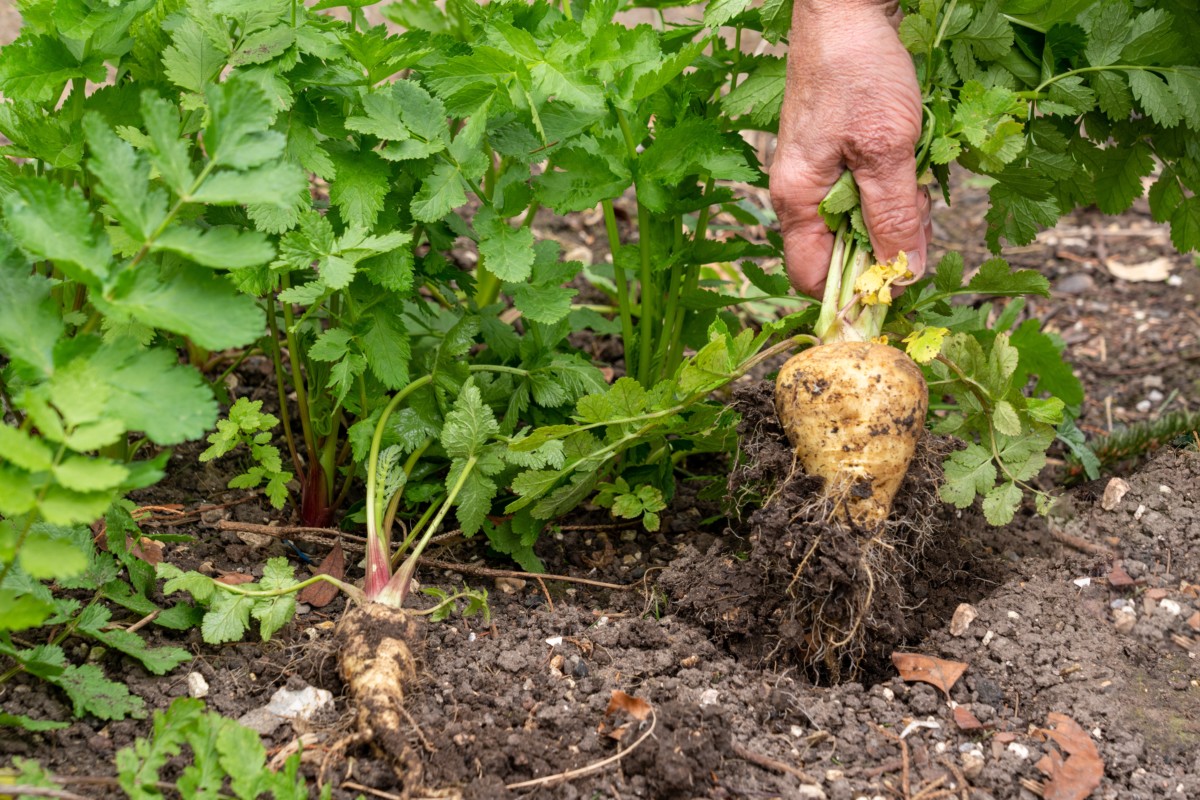
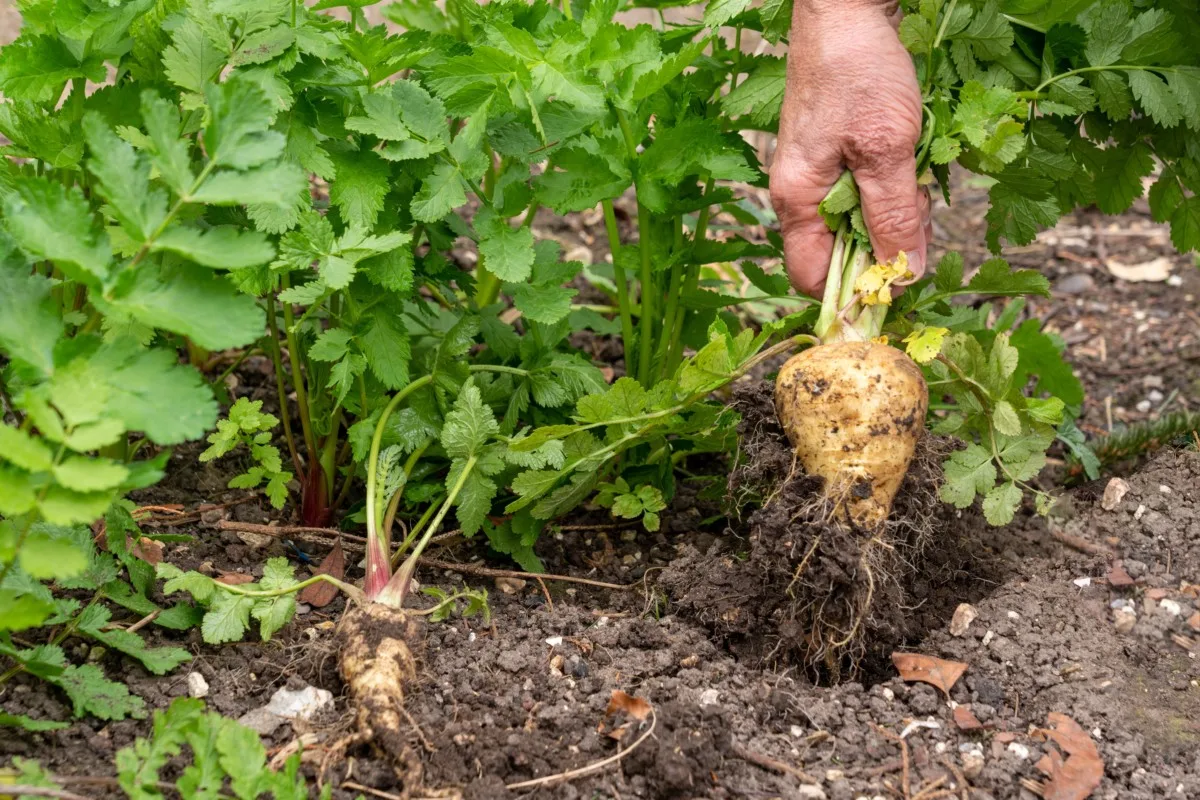
To scale back the potential for burned fingers and pores and pores and pores and pores and skin, keep away from touching parsnip foliage on sunny days and pulling up crops after they’ve gone to seed. After harvesting the taproot, commonly wash up completely to remove any plant sap that may’ve gotten onto the pores and pores and pores and pores and skin.
4. Stinging Nettle

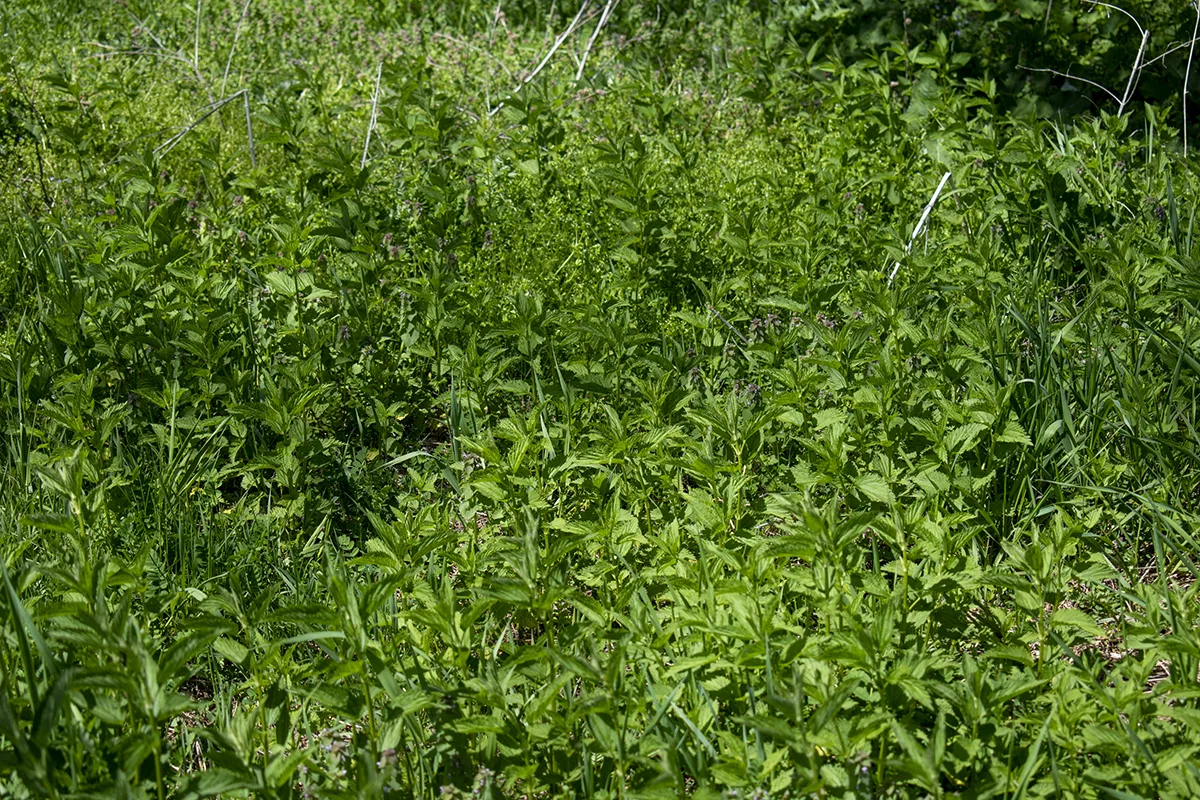
Stinging nettle (Urtica dioica)is a perennial herb that grows on erect stems that may attain as fairly a bit as 9 ft extreme. It has pointed reverse inexperienced leaves with seen tooth margins.
It’s considered a noxious and invasive weed in quite a few areas, spreading by underground rhizomes that may shortly develop to be dense colonies.
The leaves and stems of stinging nettle are coated in tiny hairs that act like hypodermic needles. Wherever the plant touches pores and pores and pores and pores and skin, it pierces and injects different inflammatory chemical substances, along with histamine and formic acid. The stinging sensation will most likely be felt immediately upon contact, later rising into hives.

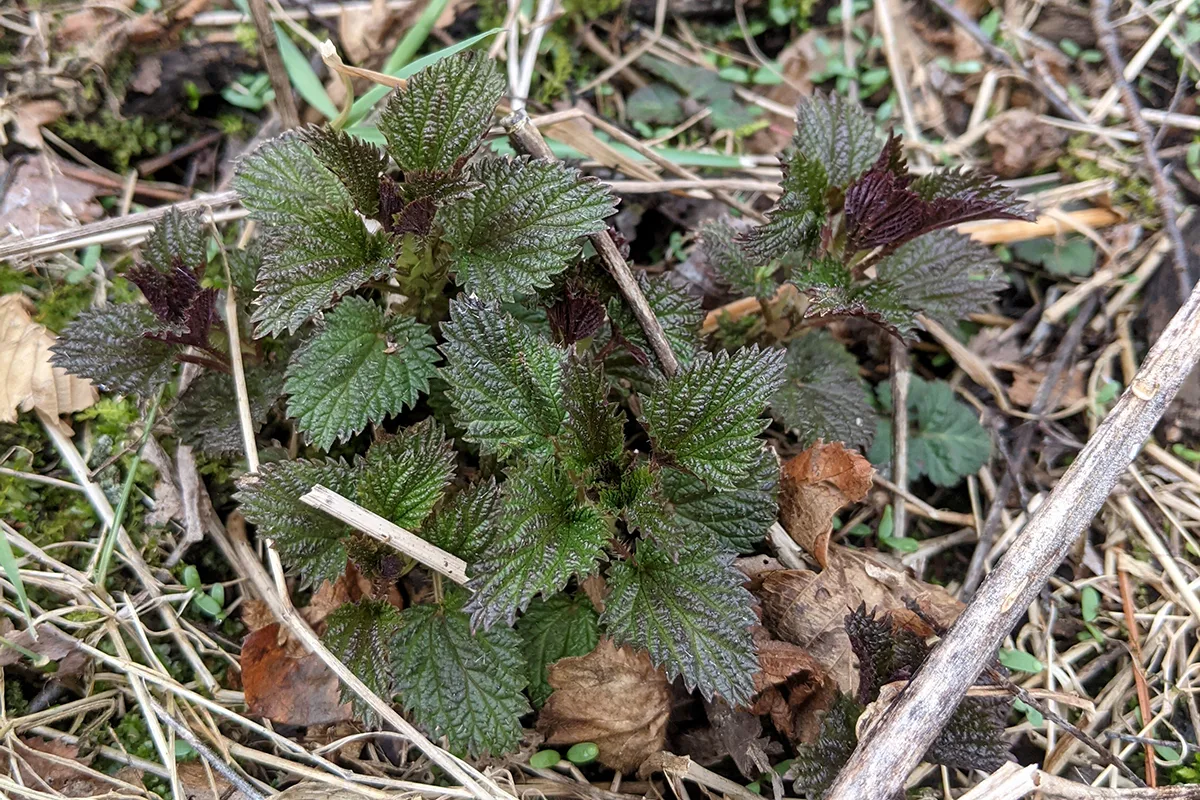
If you find yourself on the fallacious side of a stinging nettle, don’t contact the rash for the first 10 minutes. Rubbing or scratching the world can push the chemical substances deeper into the pores and pores and pores and pores and skin. Use cleansing cleaning cleansing cleaning soap and water to softly wash away the toxins. Any stingers nonetheless caught all by the pores and pores and pores and pores and skin is likely to be pulled out with sturdy tape or wax strips.
Regardless of its reputation for painful jabs, some gardeners intentionally cultivate stinging nettle of their gardens. Ideas the foliage, and it is likely to be a really useful plant. The leaves are nutritious and magnificence very like spinach; merely ensure you boil or steam it to remove the entire stinging bits first. You might also use it to make a pure fertilizer.
5. Rue

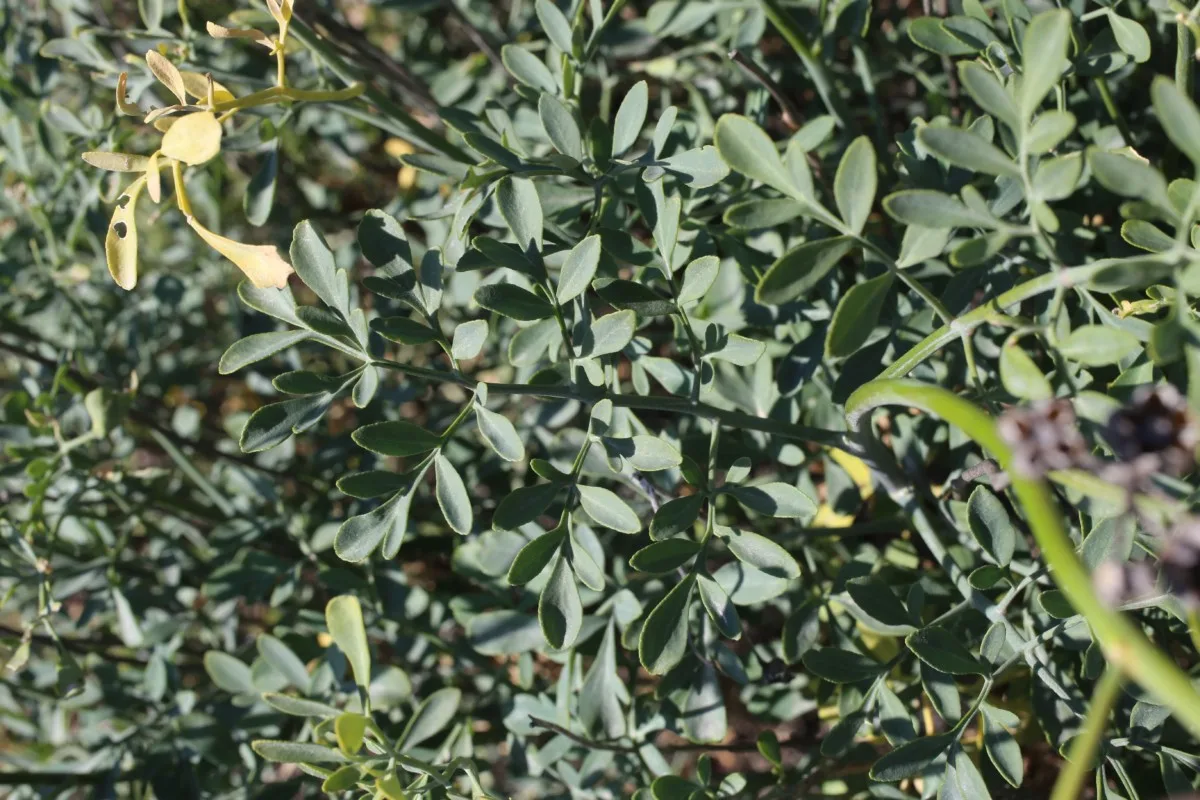
Rue (Ruta graveolens) is a fairly herb, well-known for its deeply lobed, delicate blue-green leaves and shrubby habits. In spring, it blooms with clusters of small yellow flowers.
It has a protracted historic earlier of use as a medicinal plant and as a culinary spice – nonetheless solely in very small elements.
The acrid leaves are poisonous, and your complete plant emits a musty odor most uncover unpleasant. Nonetheless it’s the sturdy odor of rue that makes it so environment nice for repelling pest bugs and grazing critters.
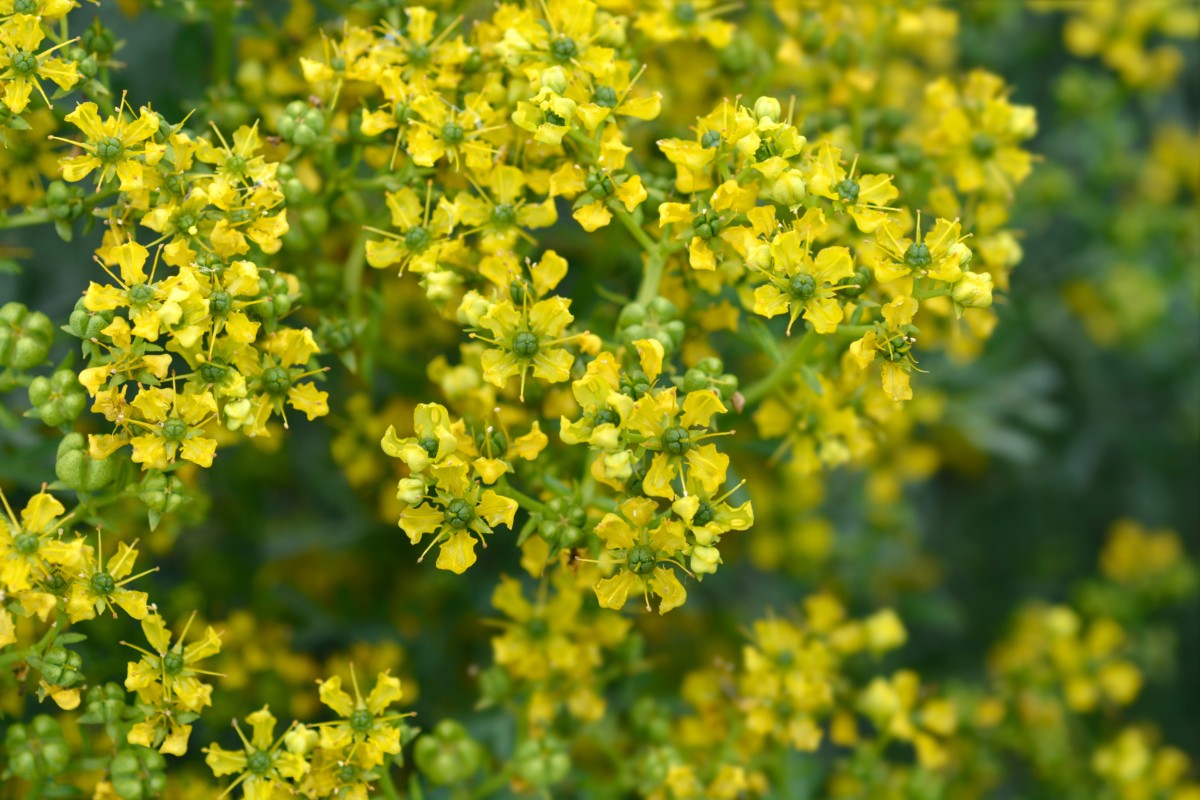
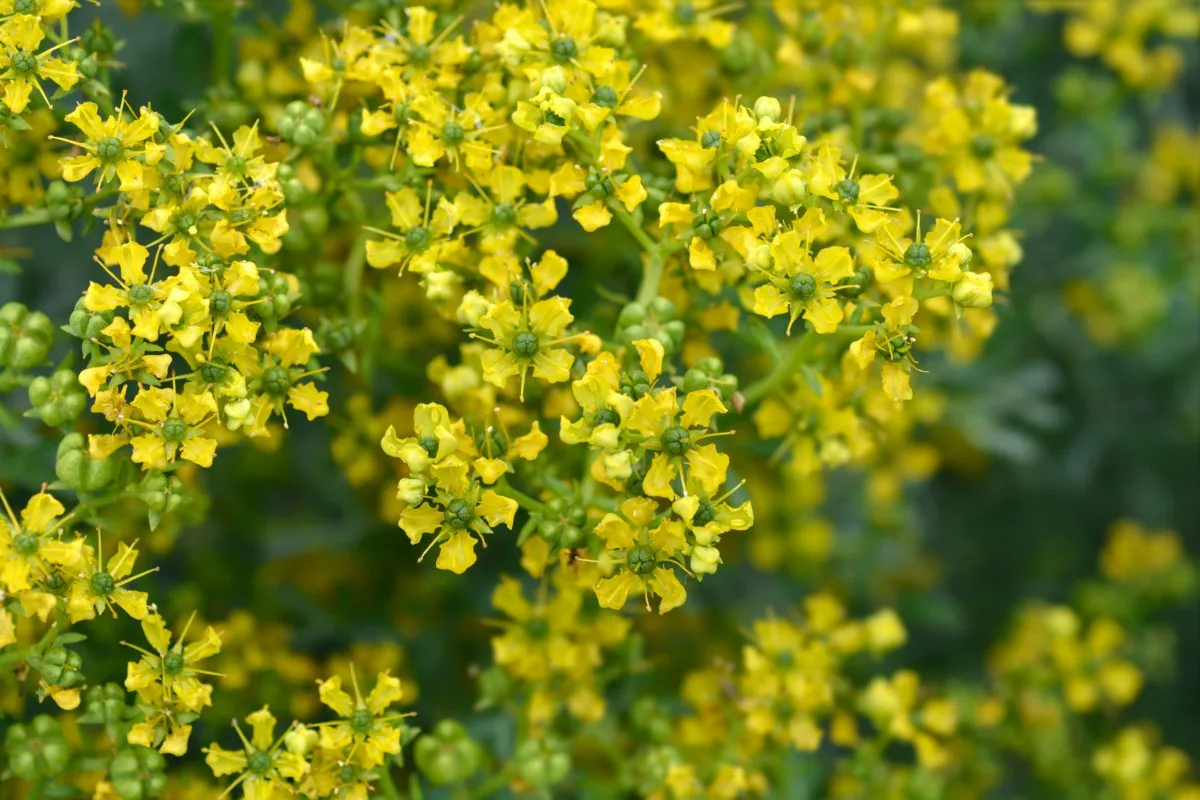
Don’t rue the day you crossed rue, though. The sap incorporates an array of toxic compounds that may burn the pores and pores and pores and pores and skin when uncovered to sunlight. Coping with or brushing up on the plant on a sunny day could depart you with burned and blistered flesh.
Keep rue crops at a protected distance behind borders, away from paths and utterly completely totally different high-traffic areas. Take care of the plant foliage solely all by the evenings and on cloudy days to scale back the phototoxic hazard.
6. Tomatoes
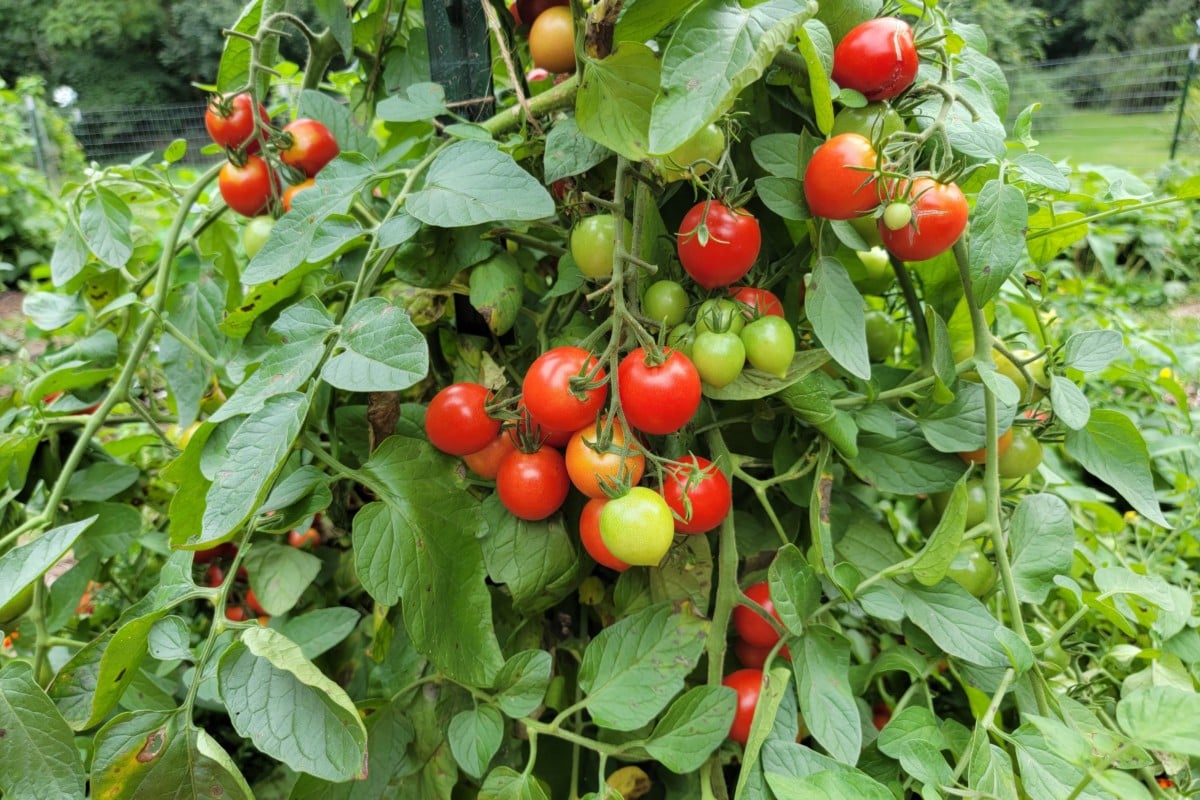
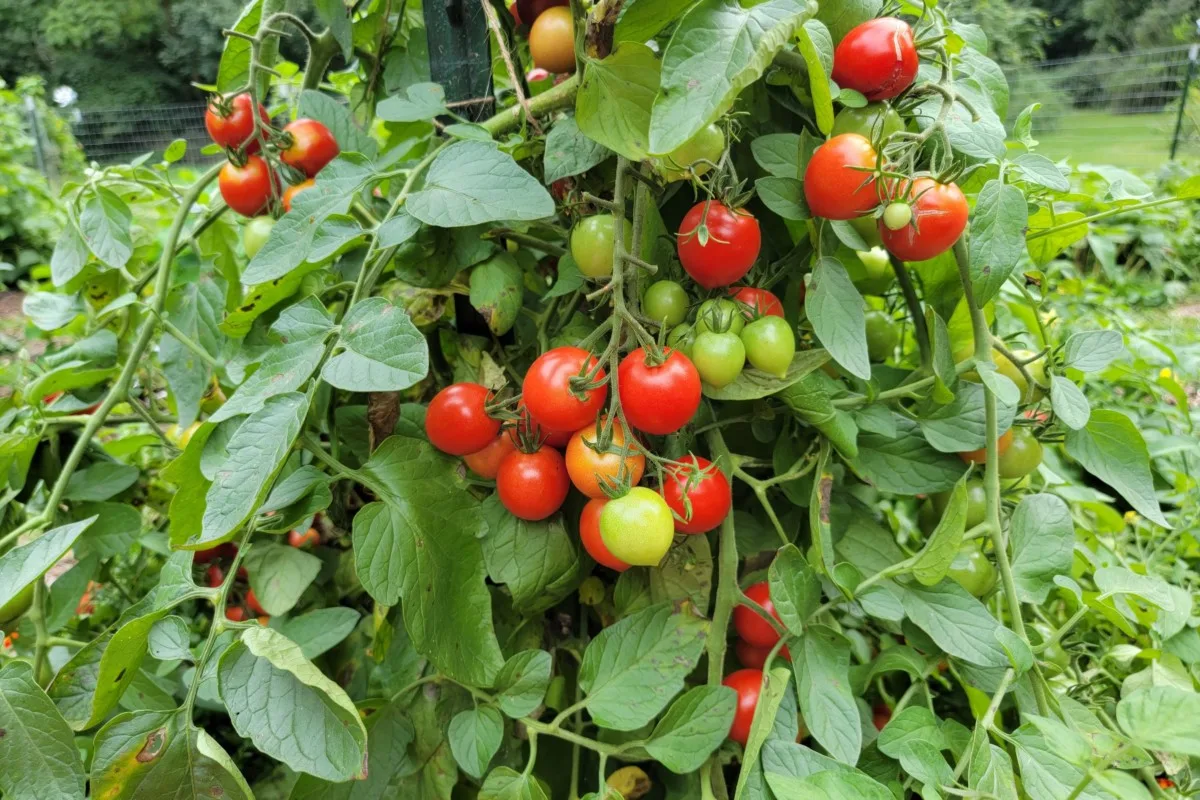
Anyone who has grown tomatoes is aware of they’ve a terribly distinctive aroma.
The earthy, spicy musk that tomato crops give off is due to unstable oils saved on the ends of their furry stems and leaves. When the foliage is disturbed, the oils are launched. The scent helps protect pests away, nonetheless may even affect individuals who uncover themselves delicate to these chemical compounds.
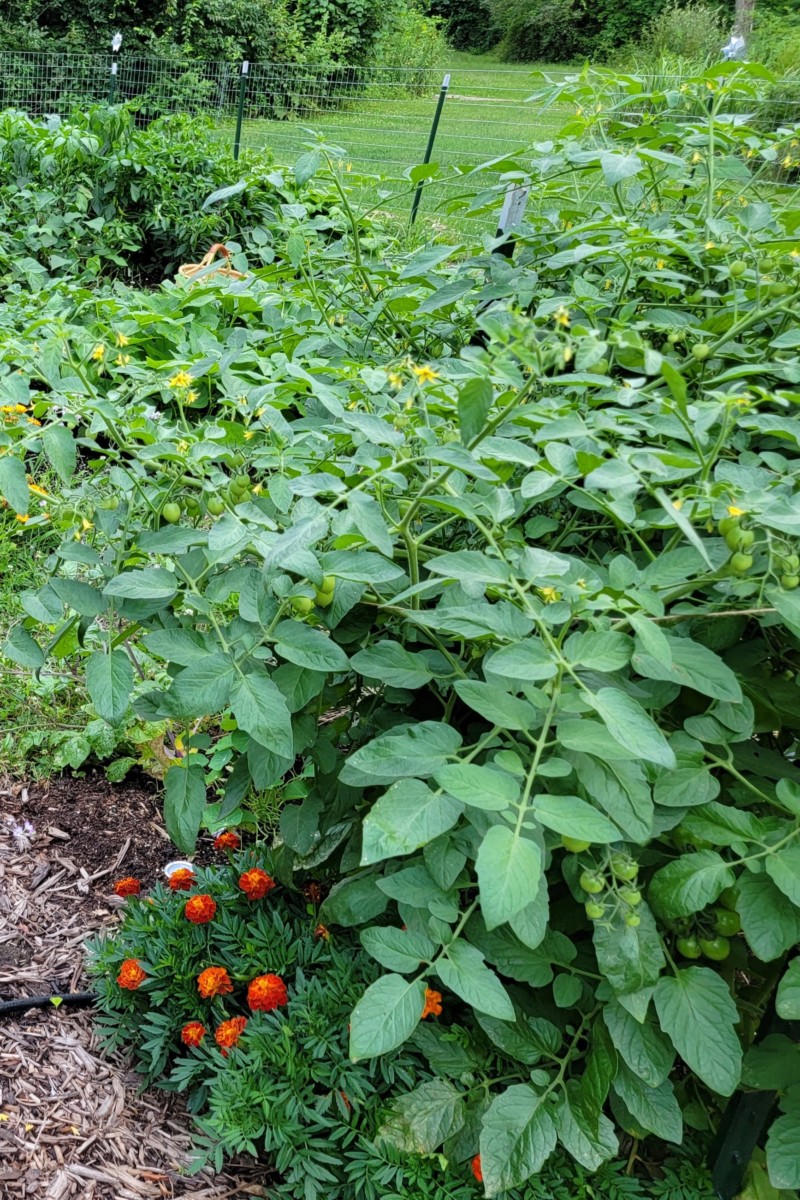
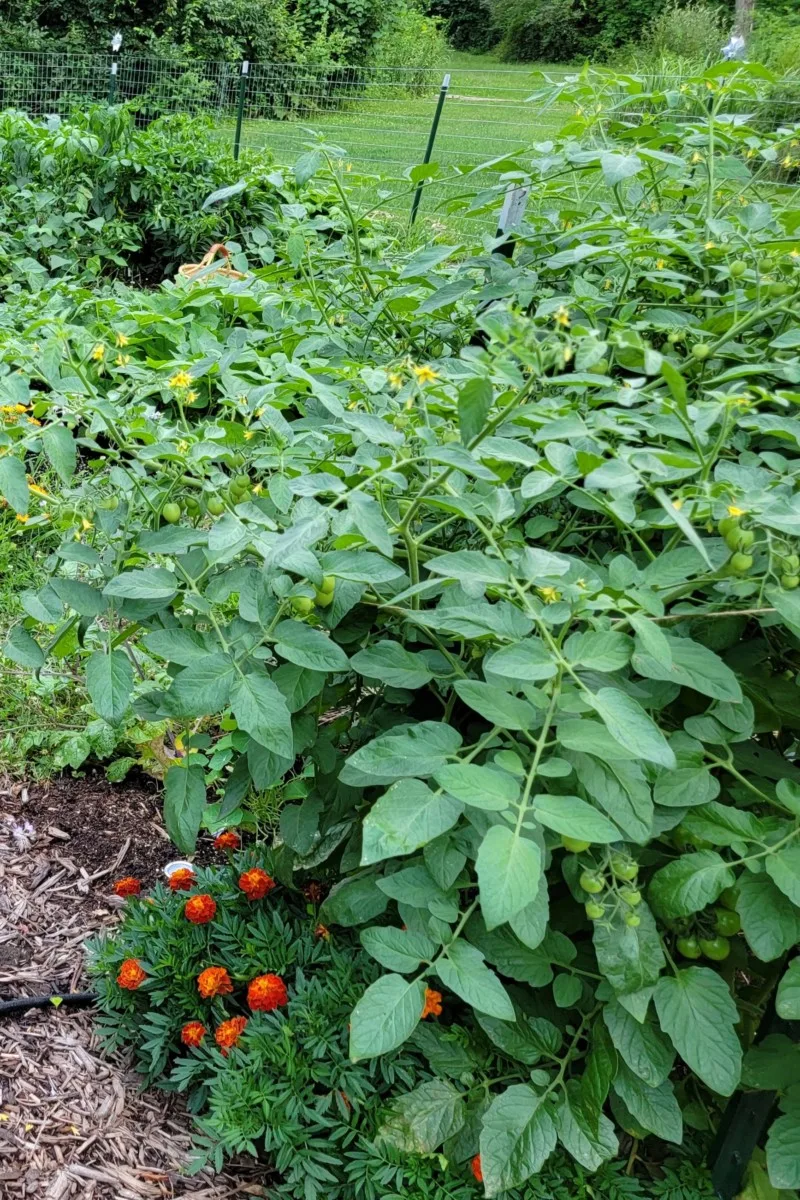
You may have the flexibleness to eat a tomato with out hassle, nonetheless coping with the foliage can ship itchiness for days. The coarse hairs that cowl the plant is likely to be irritating too, and the pores and pores and pores and pores and skin can usually react by breaking out in crimson, swollen, itchy patches.
Fortunately, getting a rash from tomato leaves isn’t too widespread. Nonetheless once you uncover you have acquired gotten crimson and itchy pores and pores and pores and pores and skin after tending your tomato crops, it is best to cowl up earlier than heading into the rows. Don’t work all by the plot on sunny days, and wash up effectively as shortly as you’re completed.
7. Cucurbits
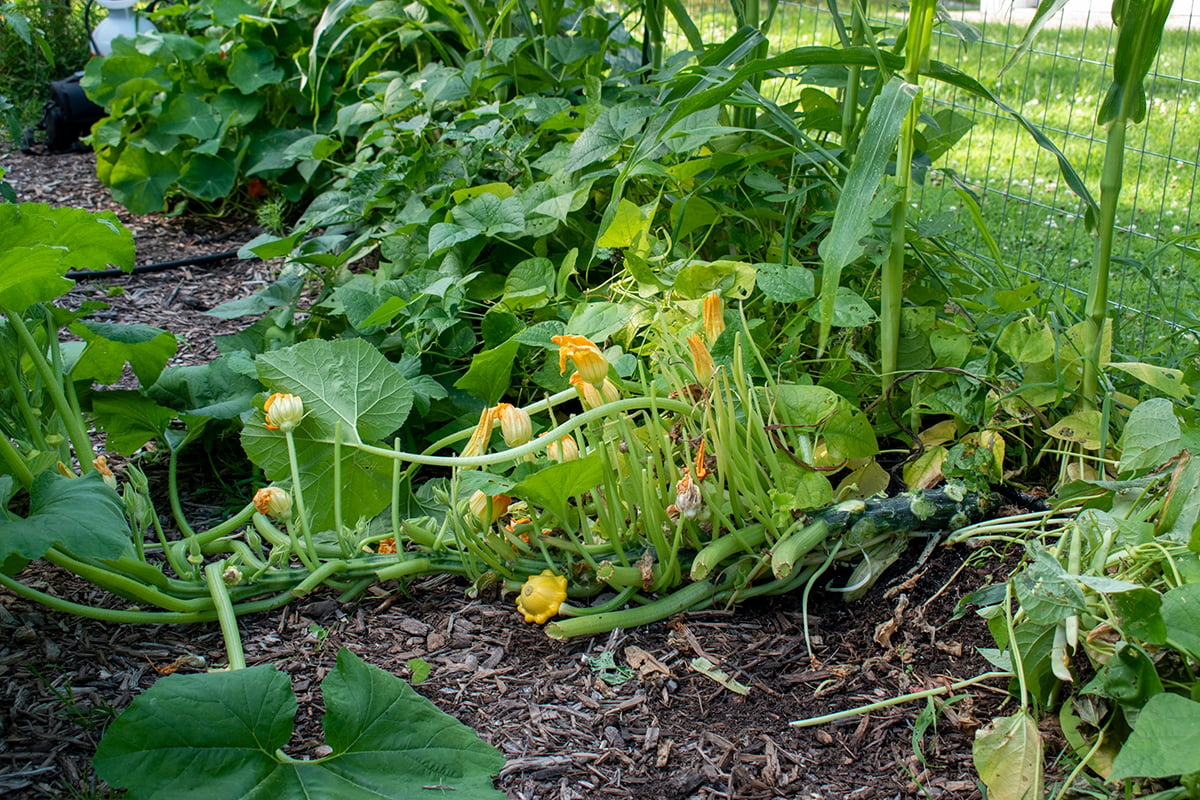
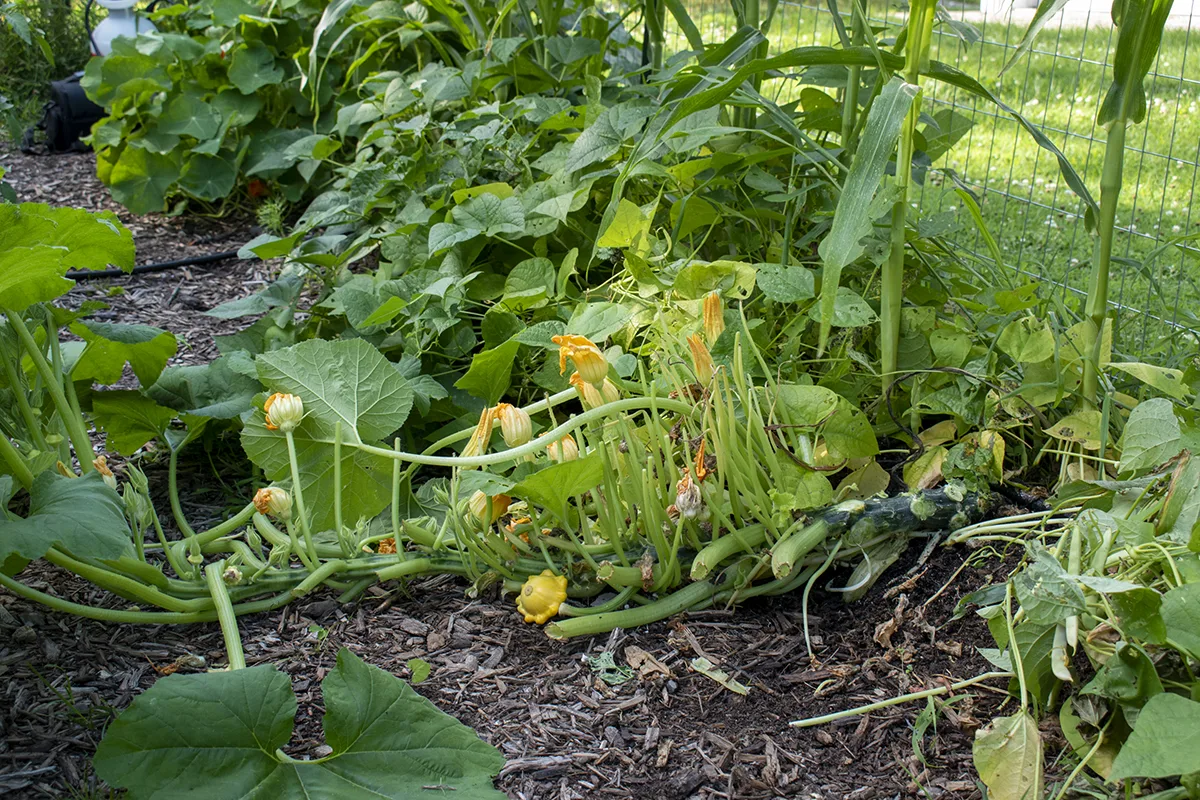
Squash, melons, cucumbers, zucchini, pumpkin, and utterly completely totally different members of the cucurbit family have been acknowledged to set off an hostile response for fairly a number of gardening lovers.
Like tomatoes, it will not be an allergy per se when you presumably can nonetheless income from the fruits with out feeling a burning or tingling sensation all by the mouth.
Apart from belonging to the cucurbit clan, what these vining crops have in widespread is foliage coated with prickly hairs. And for some individuals, that ends in an itchy crimson rash that appears immediately after working with the crops. Thankfully, it goes away after different hours.

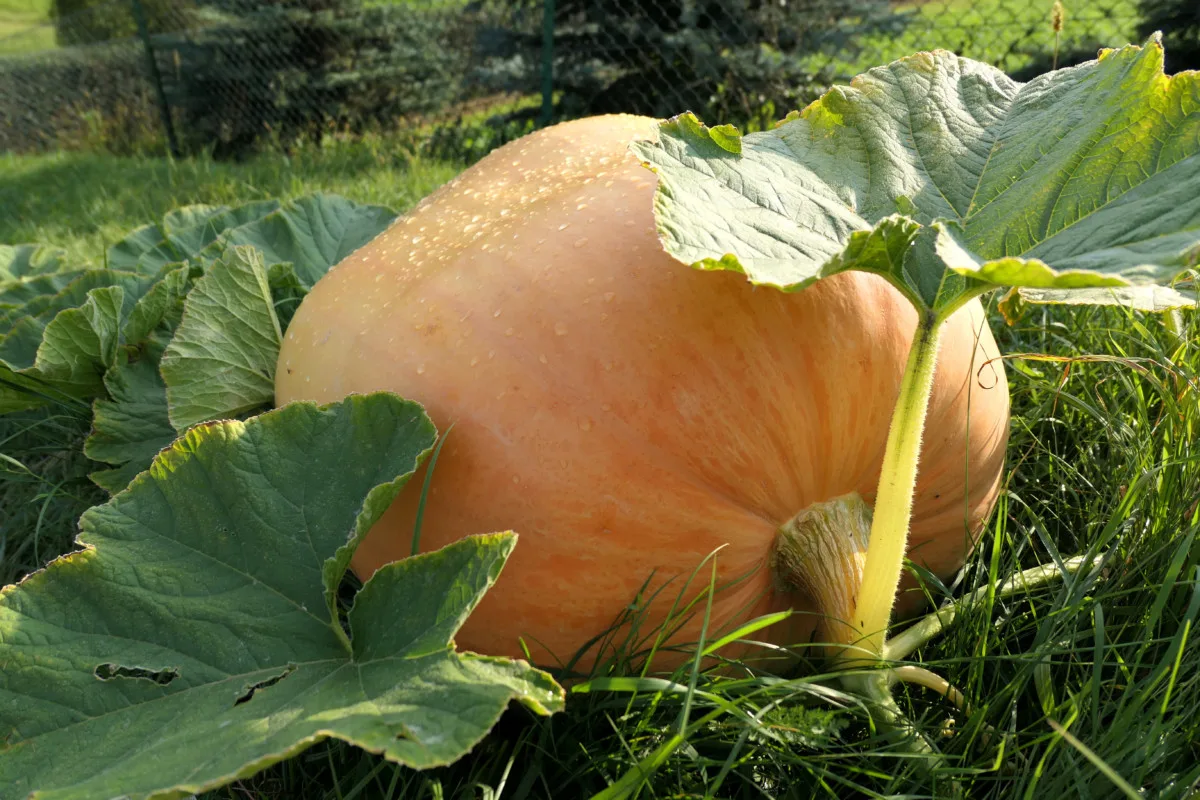
Cucurbit rashes can affect the arms and fingers nonetheless may even appear on the face, neck, and chest. When crops are disturbed, the small prickles on the leaves can break away from the plant. The tiny fibers could then develop to be airborne and irritate any part of the pores and pores and pores and pores and skin that isn’t coated up.
8. Spring Bulbs
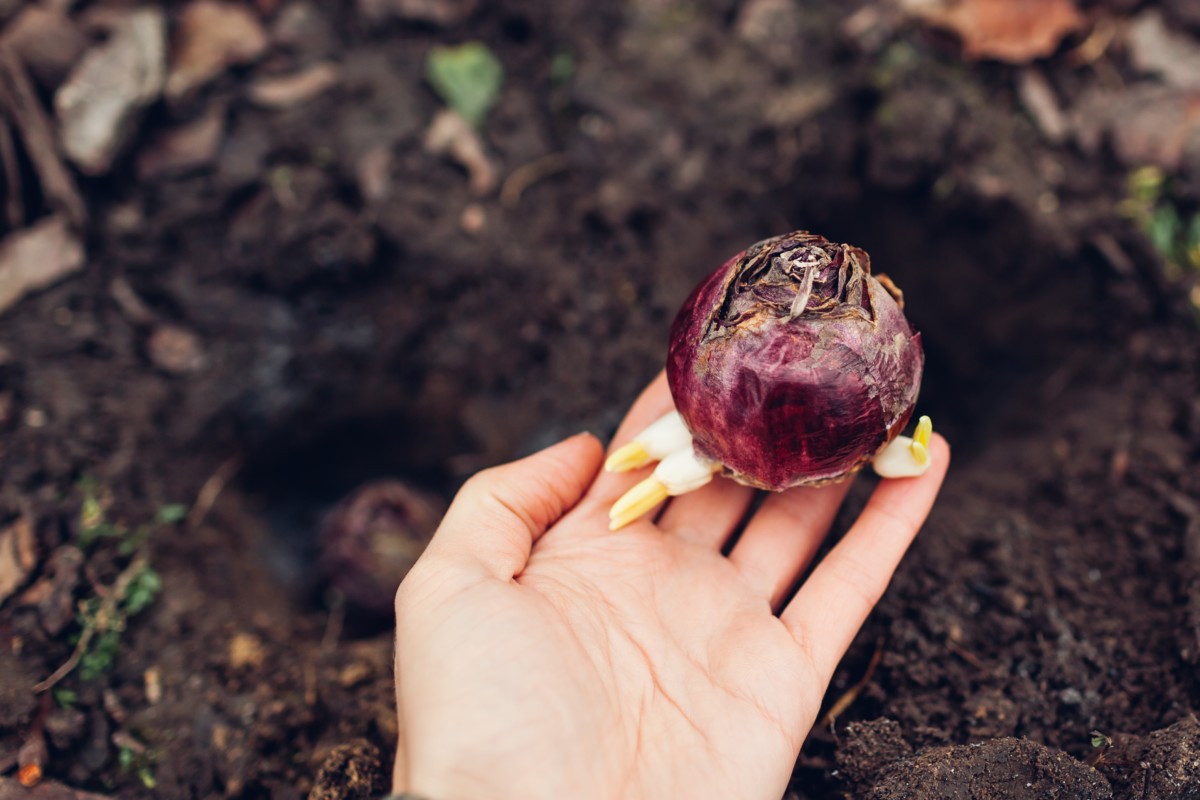
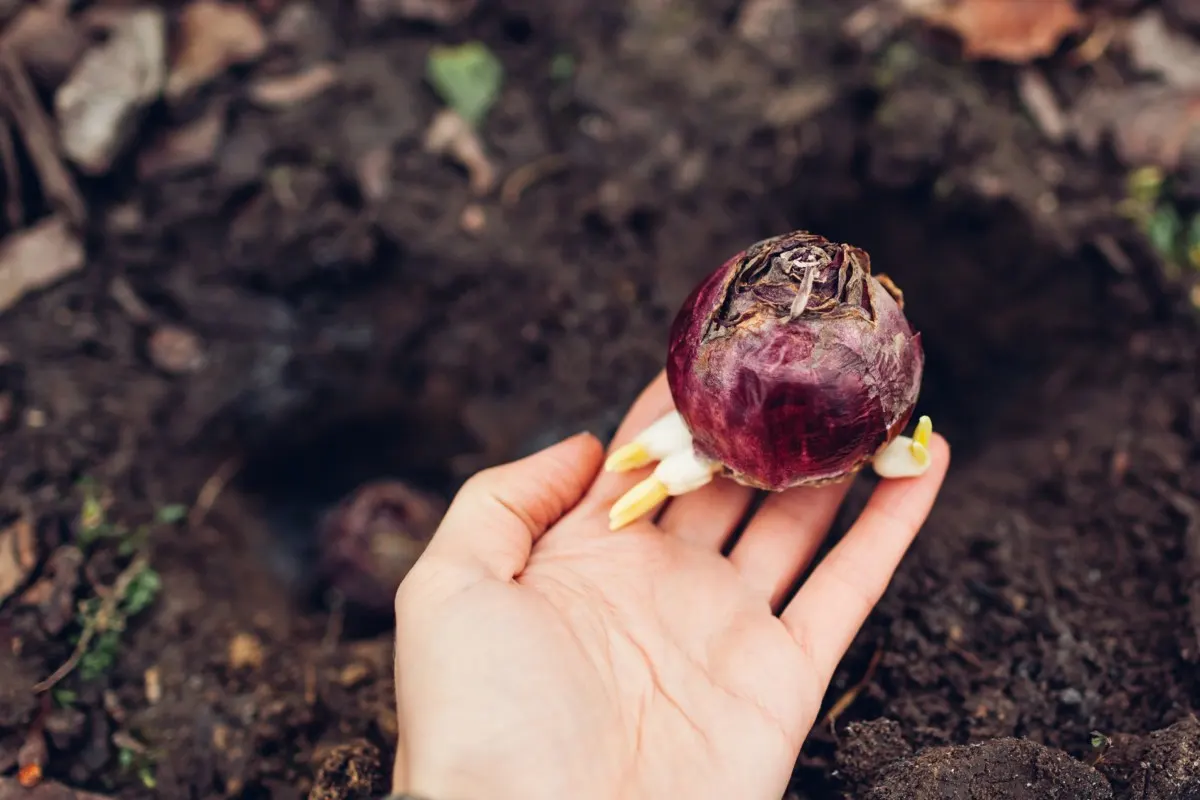
Lily rash, tulip fingers, and hyacinth itch – all good phrases to elucidate what can happen after working with spring bulbs.
These and utterly completely totally different flower bulbs, along with Narcissus species like daffodil and paperwhites, have the potential to inflame the fingers, forearms, and the face with an itchy and burning sensation.
Hyacinth bulbs are normally the worst of the bunch. Hyacinth itch impacts almost definitely essentially the most people offered that bulbs exude terribly irritating oxalate crystals – the an equal toxin that makes rhubarb leaves poisonous.

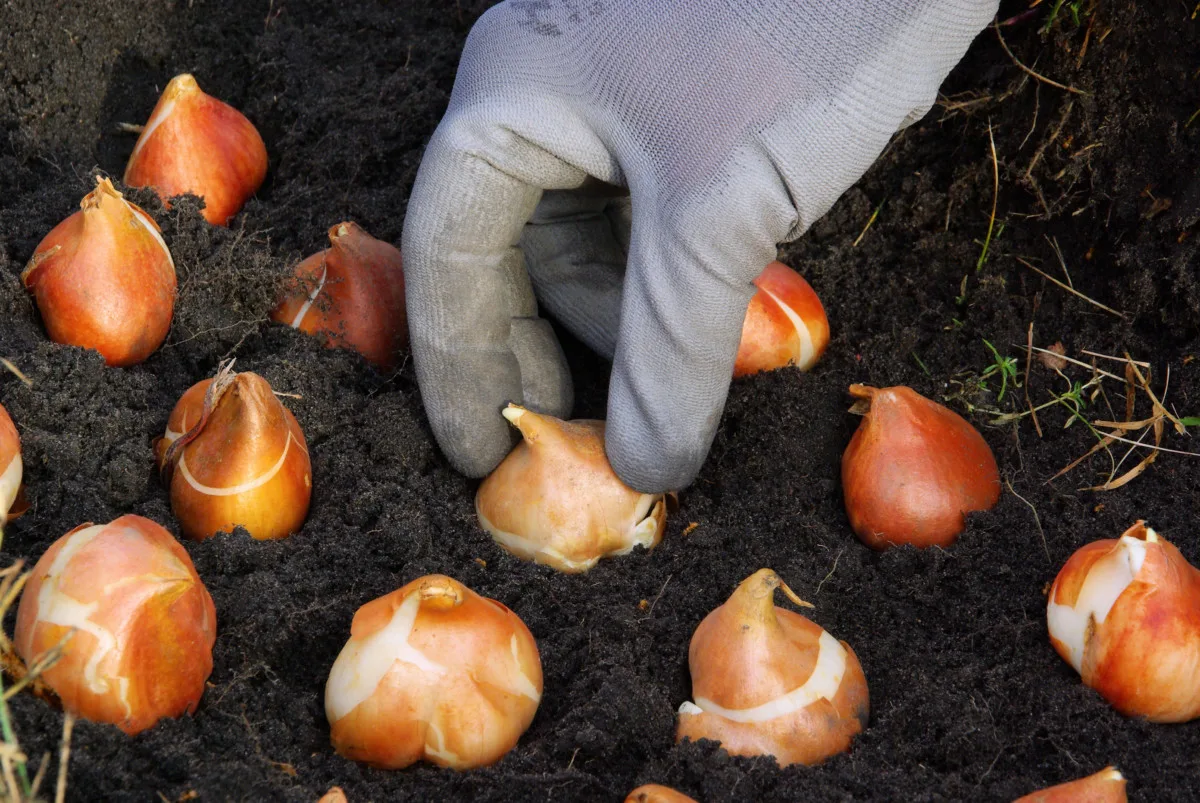
Though rashes from spring bulbs usually amount to a minor annoyance and the signs resolve themselves shortly, repeated coping with can worsen reactions over time. Of us most affected by it are people who work with bulbs repeatedly.
Even once you’ve truly not had a foul response earlier than, sensitivity to spring bulbs can occur at any time. So earlier than you go ahead and plant a self-discipline of bulbs in autumn for a dramatic current the following spring, put in your gloves first.
Choices for Defending Your self In opposition to Irritating Vegetation
There are actually a number of of crops obtainable out there in the marketplace that may ship out a toxic medley of chemical substances as a warning to stay away. And we’ll all have completely utterly completely totally different sensitivities and tolerances for these plant allergens.
When it’s not attainable to keep away from them, you’ll have to cowl up. Positioned on pants and a long-sleeved excessive, footwear that totally covers your ft, and thick work gloves. When dealing with noxious weeds like massive hogweed, positioned on a face masks and eye security too.
Plant toxins are usually at their highest in full {photograph} voltaic. Avoid gardening between the hours of 10 a.m. and a few p.m. as that’s when the {photograph} voltaic is at its strongest.
For those who work all by the yard, don’t contact your face or rub your eyes. Bathe as shortly on account of the job is achieved and launder the clothes you wore in a separate load.
In case your metropolis’s garbage assortment acquired’t take poisonous crops, don’t burn or compost them. The seeds will persist all by the pile and unfold by the use of your gardens everytime you go to profit from the finished compost. Burning the crops has the potential to launch the toxins into the air.
To remove them safely, bury the plant stays deeply in a spot that acquired’t be disturbed.
In case your pores and pores and pores and pores and skin comes into contact with irritating plant sap, gently wash the affected house with soapy water. Use aloe vera gel to help soothe the rash and velocity up the therapeutic course of.
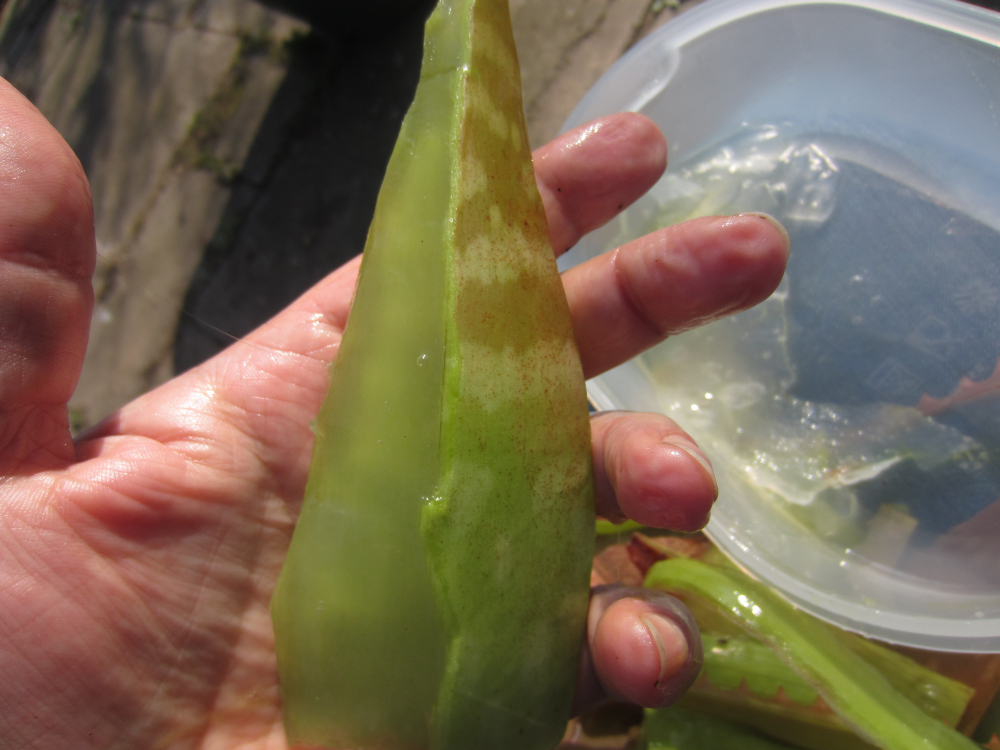
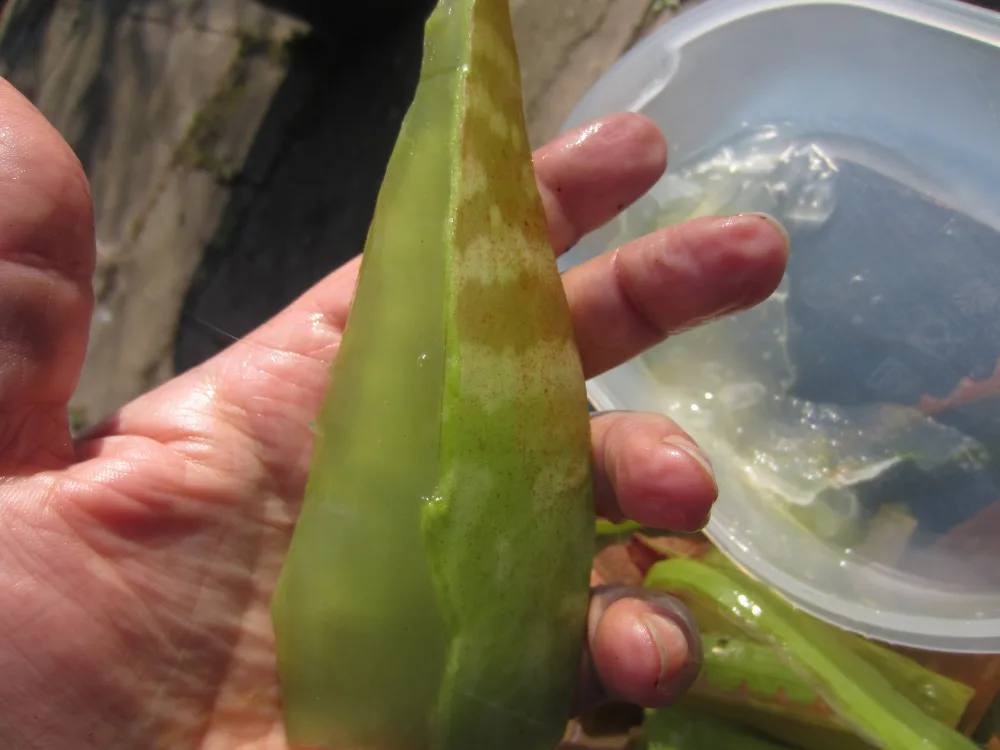
As a rule, the rash will clear up after different days. If the wound develops crimson streaks or has fairly a number of swelling, blisters, pus or discharge, it is best to look medical remedy immediately.
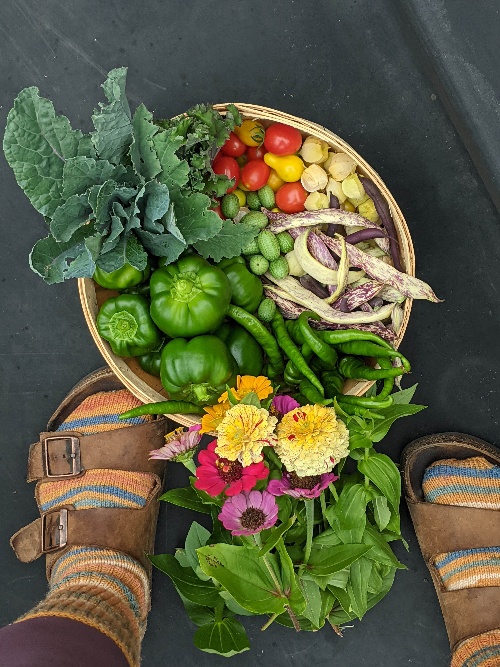
Get the well-known Rural Sprout publication delivered to your inbox.
Along with Sunday musings from our editor, Tracey, along with “What’s Up Wednesday” our roundup of what’s in season and new article updates and alerts.


